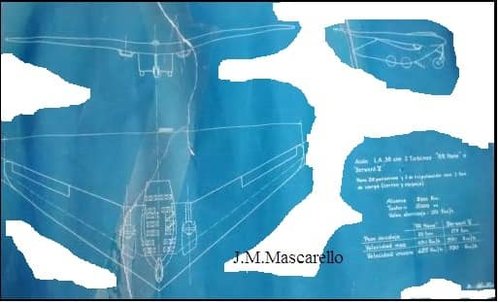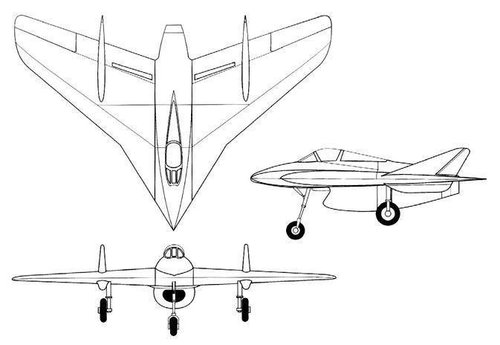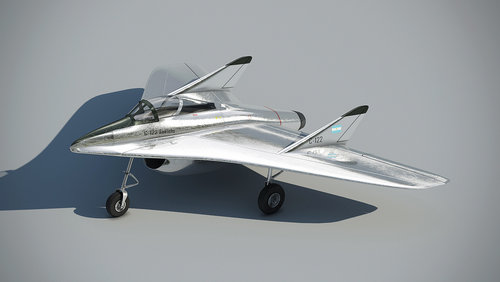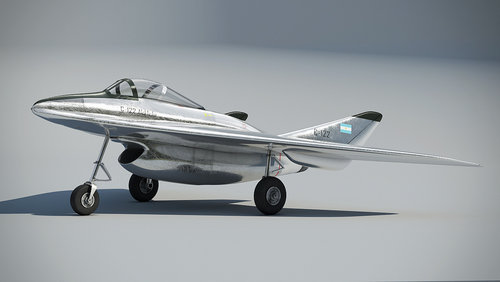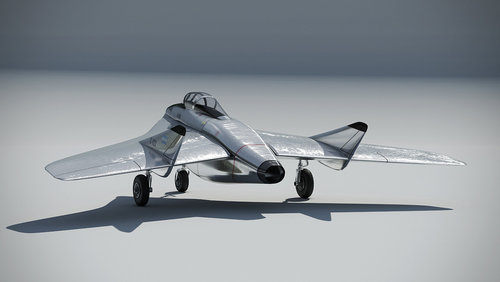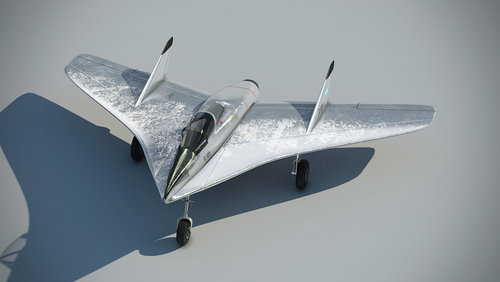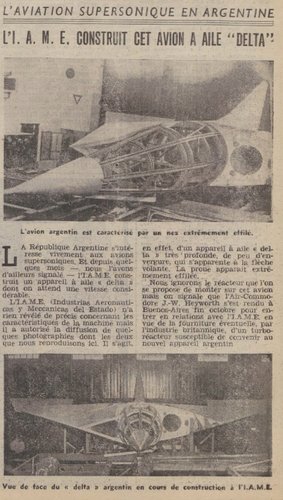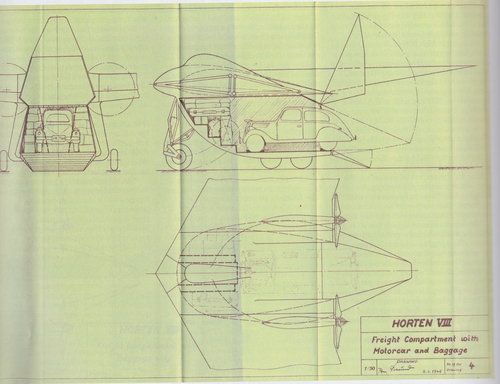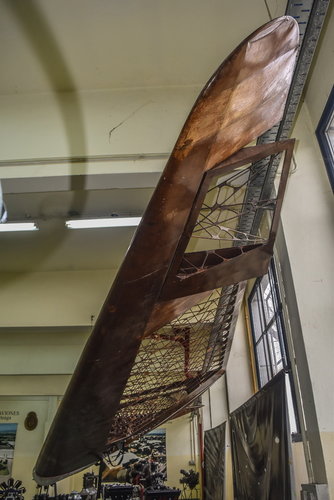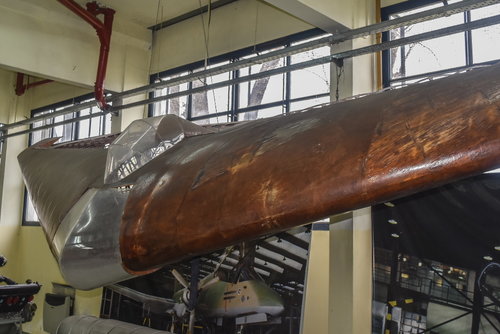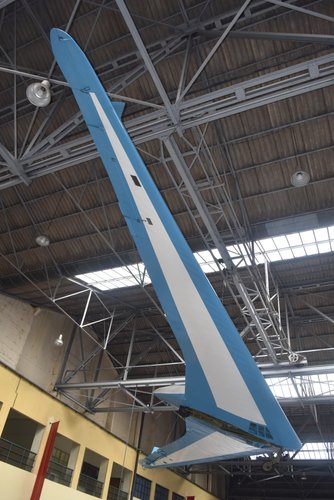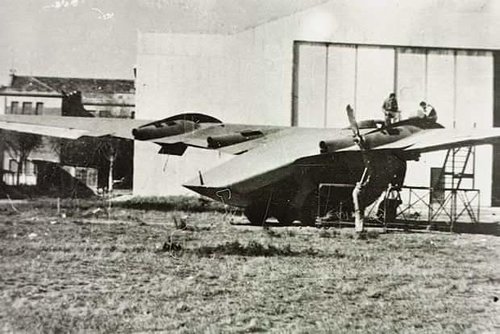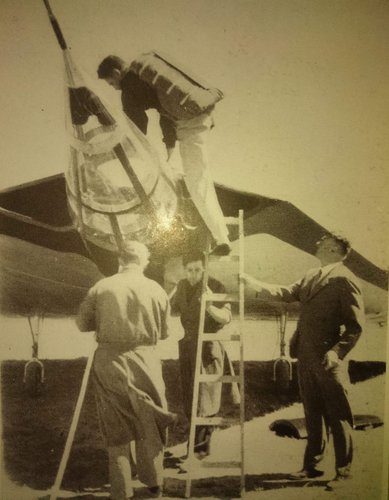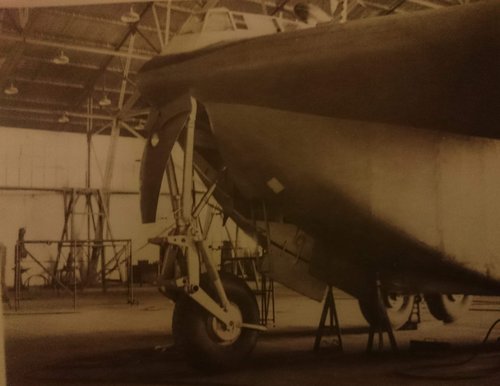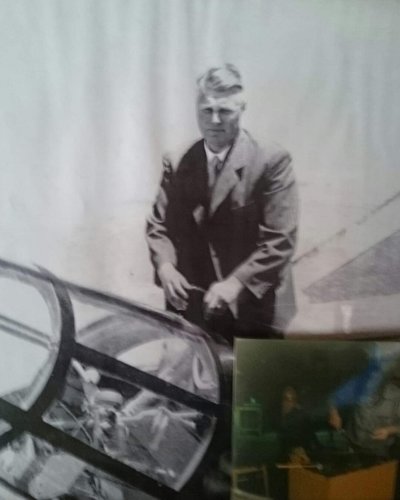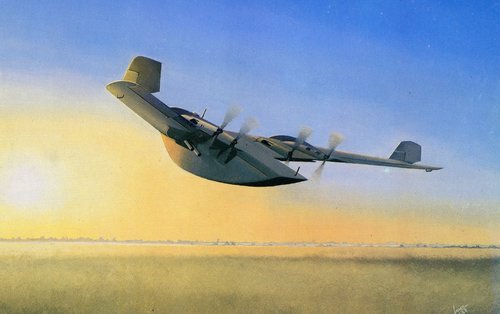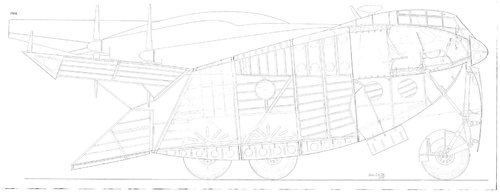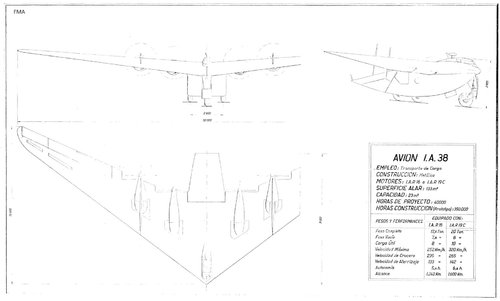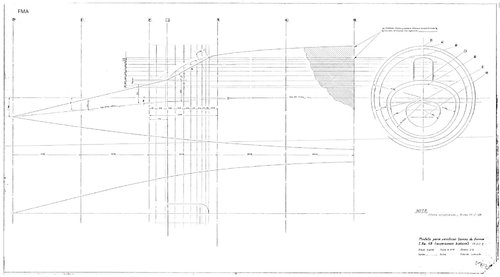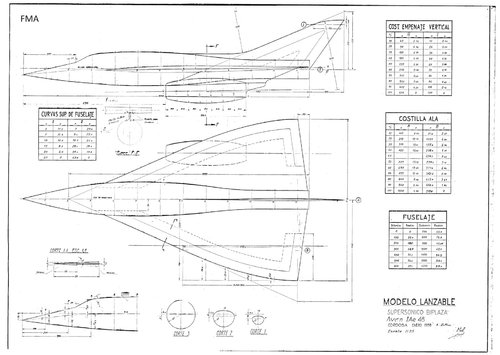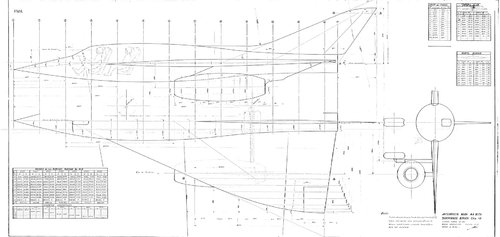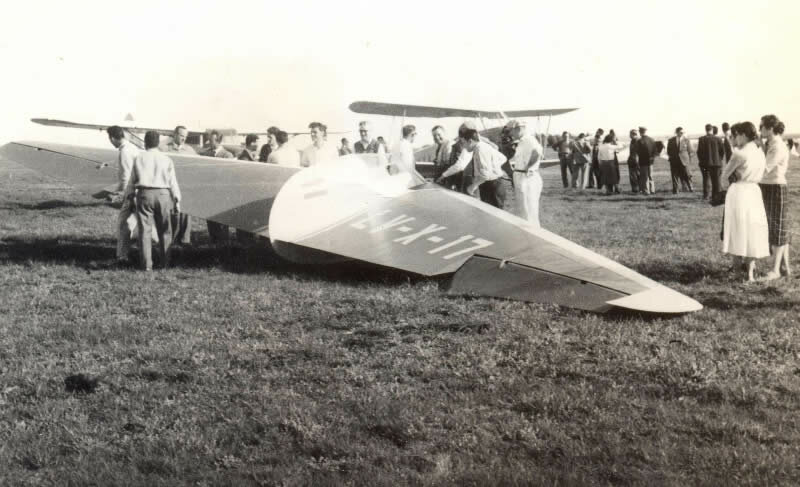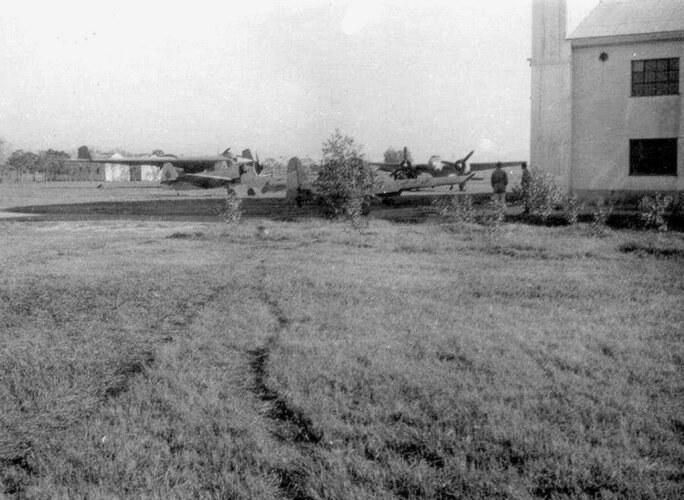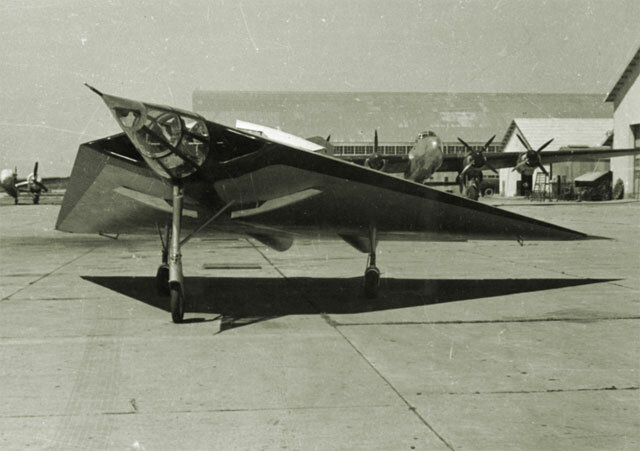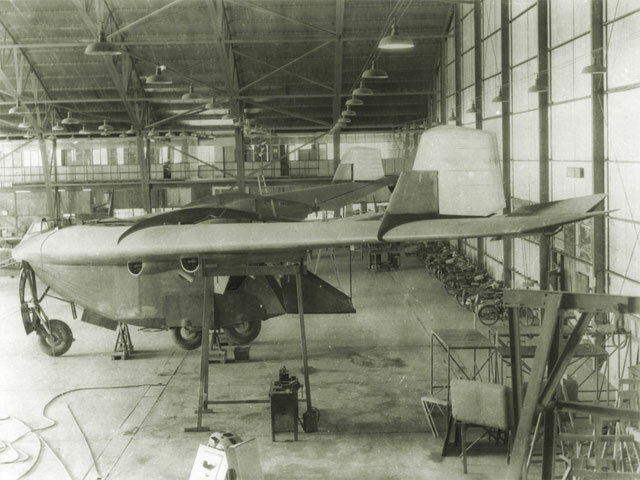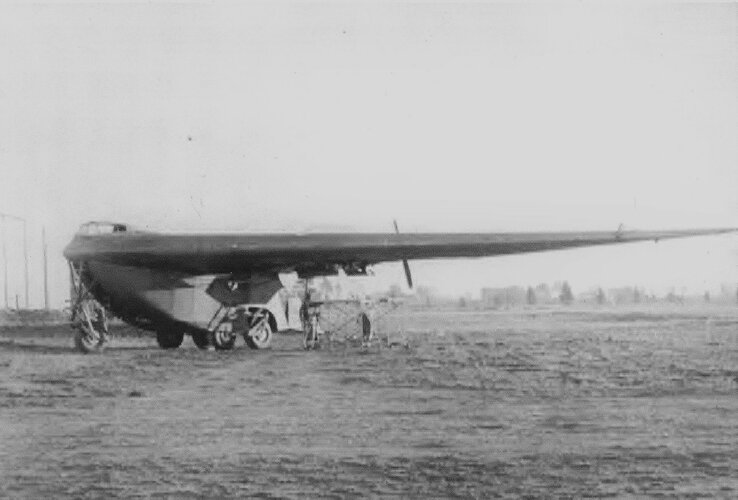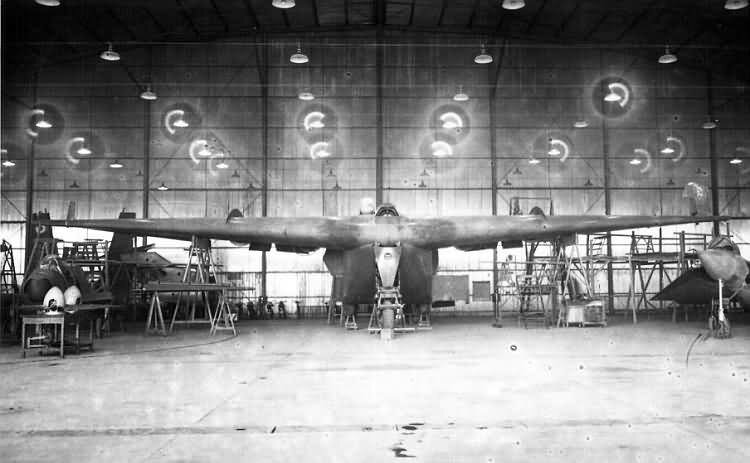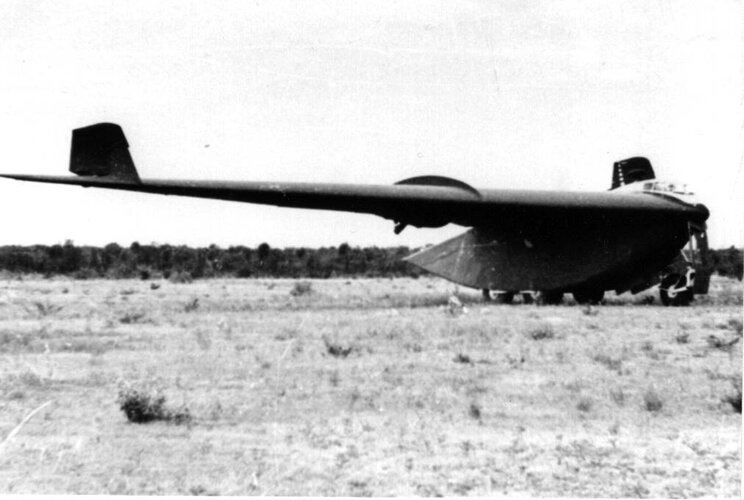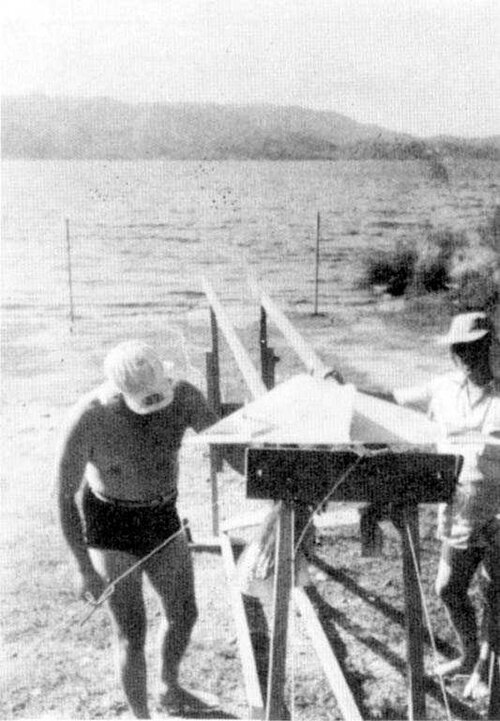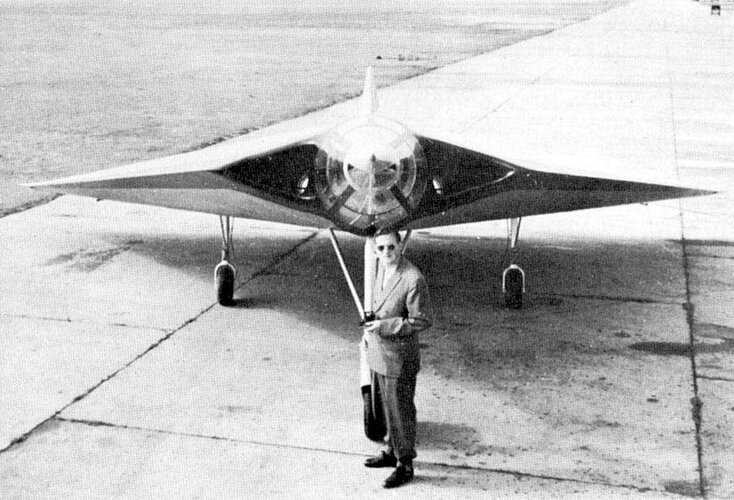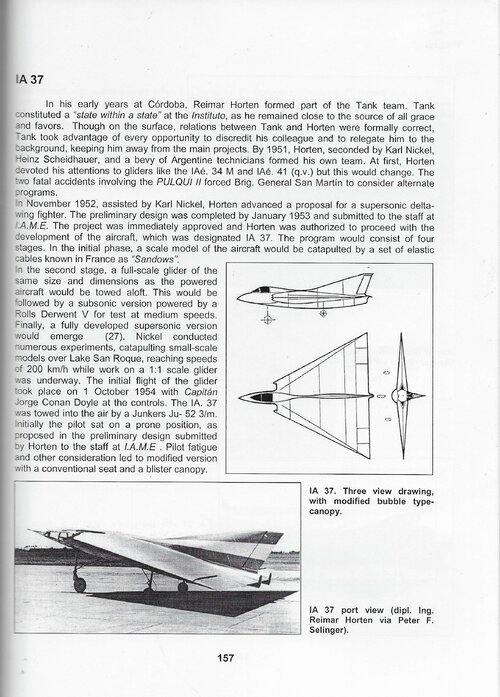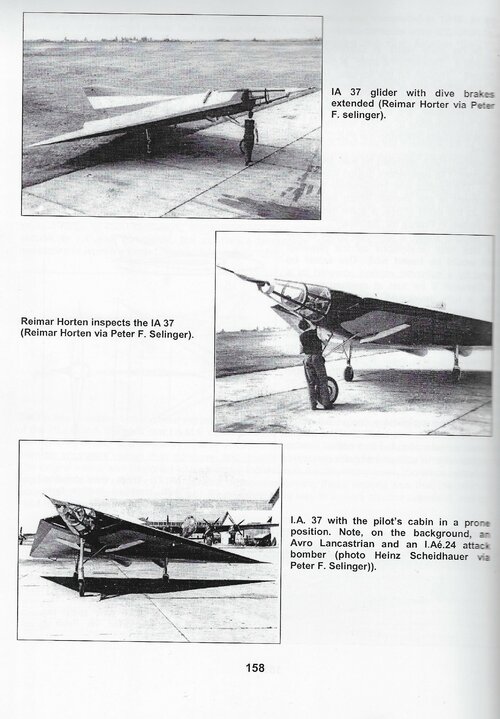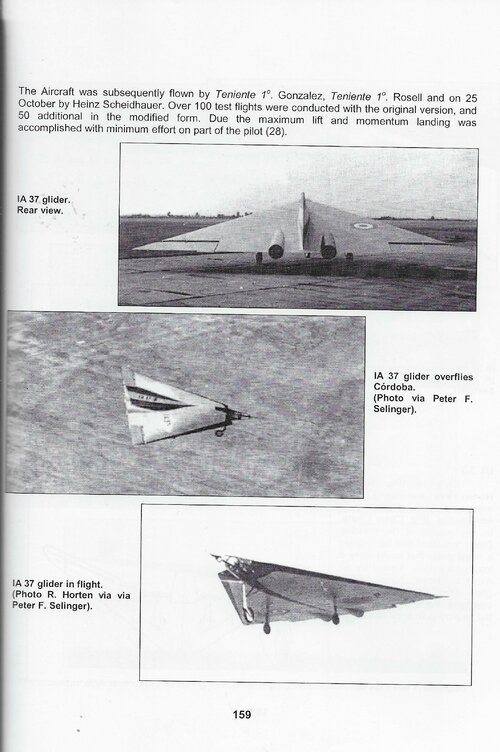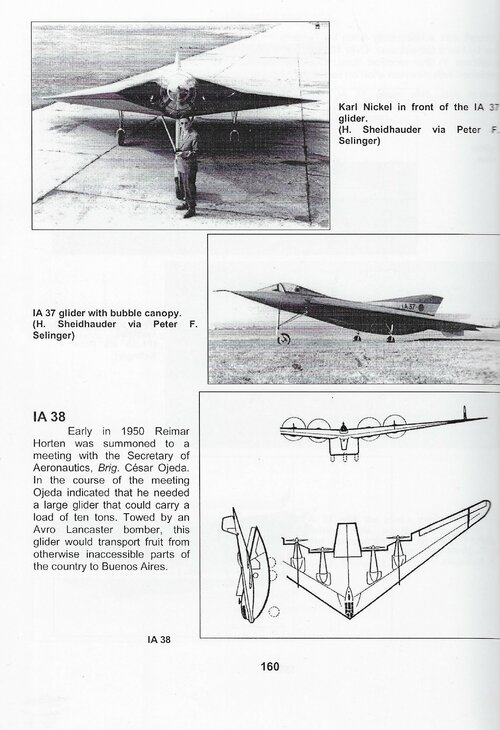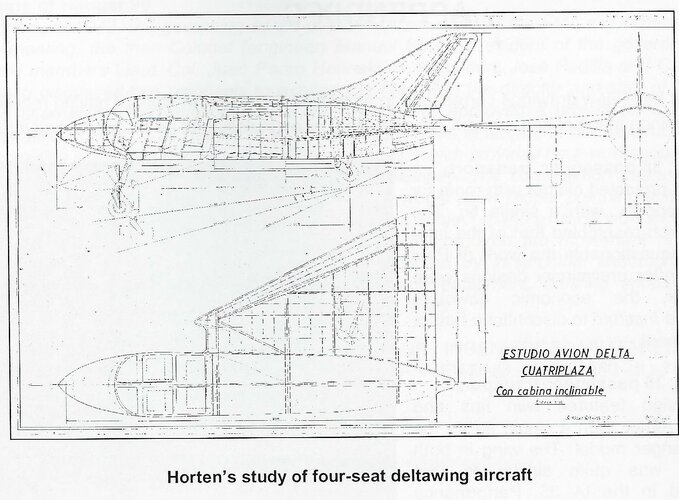You are using an out of date browser. It may not display this or other websites correctly.
You should upgrade or use an alternative browser.
You should upgrade or use an alternative browser.
Post-war Horten designs
- Thread starter Clioman
- Start date
- Joined
- 13 June 2007
- Messages
- 2,173
- Reaction score
- 3,096
I don't believe that was built - will need to check my Reimar Horten book on that. For what the IA-38 was meant for - a utility transport, the jet powered version doesn't make much sense.
Enjoy the Day! Mark
Erdosain
ACCESS: Secret
- Joined
- 10 March 2020
- Messages
- 479
- Reaction score
- 1,978
Ir
It was only a project, not a prototypeI don't believe that was built - will need to check my Reimar Horten book on that. For what the IA-38 was meant for - a utility transport, the jet powered version doesn't make much sense.
Enjoy the Day! Mark
Last edited:
- Joined
- 12 July 2006
- Messages
- 949
- Reaction score
- 752
Thank you very much. As time passes, more material is being released about a threat from Argentina. Meanwhile, Eugen Sänger was working on the Sänger II space plane in Germany, which was also derived from wartime work.
Erdosain
ACCESS: Secret
- Joined
- 10 March 2020
- Messages
- 479
- Reaction score
- 1,978
Horten's tailless fighter. Digital art by Alejandro Klichowski
Attachments
- Joined
- 11 March 2012
- Messages
- 3,251
- Reaction score
- 3,179
I don't believe that was built - will need to check my Reimar Horten book on that. For what the IA-38 was meant for - a utility transport, the jet powered version doesn't make much sense.
Enjoy the Day! Mark
Agreed!
A jet-powered "Orange" I. AE 38 cargo plane does not make much sense considering the high fuel consumption of first-generation, centrifugal jet engines. It would only be profitable if consumers were wiling to pay very high prices for fresh fruit.
Thank you very much. As time passes, more material is being released about a threat from Argentina. Meanwhile, Eugen Sänger was working on the Sänger II space plane in Germany, which was also derived from wartime work.
View attachment 628703 Eugen Sänger died in 1964. MBB proposed the Sänger II at the end of the 1980s, so he never worked on this concept.
Strange reply. I know when Sänger died. It's called the Sänger II because he didn't work on it? "Between 1961 and 1963 he acted as a consultant for Junkers in designing a ramjet-powered space-plane that never left the drawing board."
Bazinga
I really should change my personal text
- Joined
- 14 December 2012
- Messages
- 293
- Reaction score
- 406
nuuumannn
Cannae be ar*ed changing my personal text
- Joined
- 21 October 2011
- Messages
- 276
- Reaction score
- 547
In Dan Sharp's magazine Hitler's Wonder Weapon Tailless Projects (Morton's Media Group, 2017) there is a few pages dedicated to the Horten VIII, a project launched during the war and left incomplete with large components lying around in a garage near Gottingen. The basis of this design was redrawn as a project for the British and was to be powered by six de Havilland Gipsy Queen 51 engines. Attachment as per the magazine. From the magazine, it resembles the Naranjero in layout and size, only with six engines, although unusually there is no mention of the Naranjero in the magazine.
Attachments
nuuumannn
Cannae be ar*ed changing my personal text
- Joined
- 21 October 2011
- Messages
- 276
- Reaction score
- 547
Erdosain
ACCESS: Secret
- Joined
- 10 March 2020
- Messages
- 479
- Reaction score
- 1,978
Erdosain
ACCESS: Secret
- Joined
- 10 March 2020
- Messages
- 479
- Reaction score
- 1,978
Some articles written by Dr Reimar Horten in the 50s on the design and testing of flying wings. They were published in the Revista Nacional de Aeronautica, an official publication of the Argentine Air Force. PART 1
Attachments
-
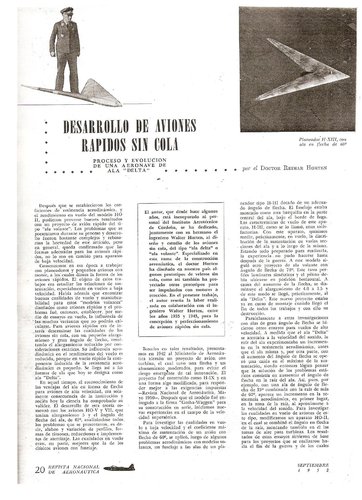 Horten 003.jpg504.3 KB · Views: 142
Horten 003.jpg504.3 KB · Views: 142 -
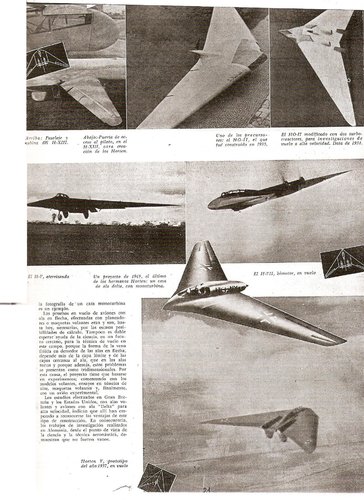 Horten 004.jpg721.6 KB · Views: 148
Horten 004.jpg721.6 KB · Views: 148 -
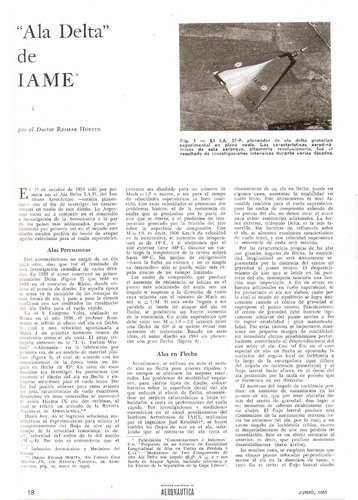 Horten 005.jpg546.4 KB · Views: 140
Horten 005.jpg546.4 KB · Views: 140 -
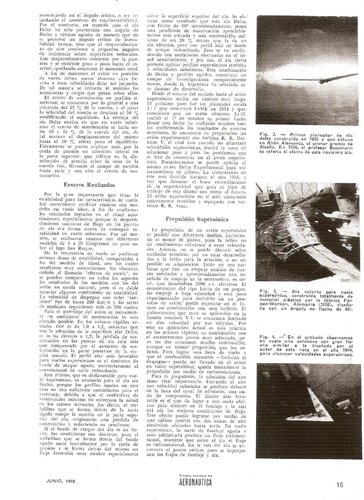 Horten 006.jpg634.2 KB · Views: 116
Horten 006.jpg634.2 KB · Views: 116 -
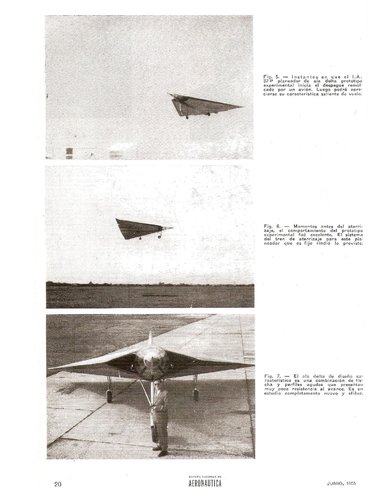 Horten 007.jpg407.2 KB · Views: 113
Horten 007.jpg407.2 KB · Views: 113 -
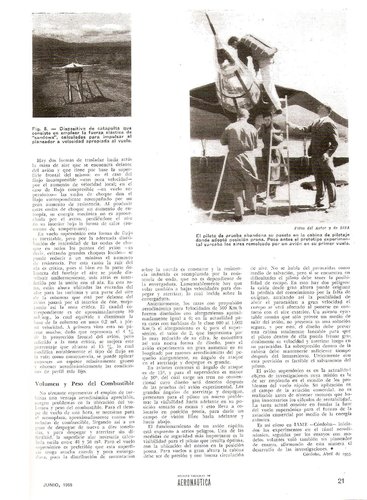 Horten 008.jpg552.8 KB · Views: 107
Horten 008.jpg552.8 KB · Views: 107 -
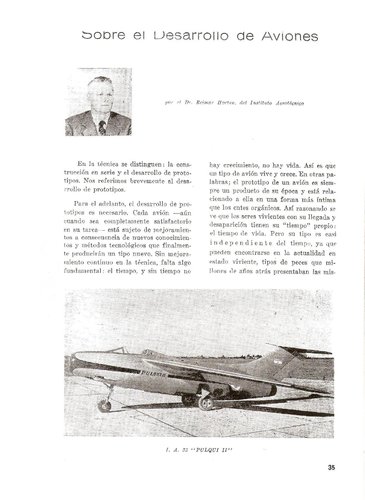 Horten 039.jpg370.7 KB · Views: 121
Horten 039.jpg370.7 KB · Views: 121 -
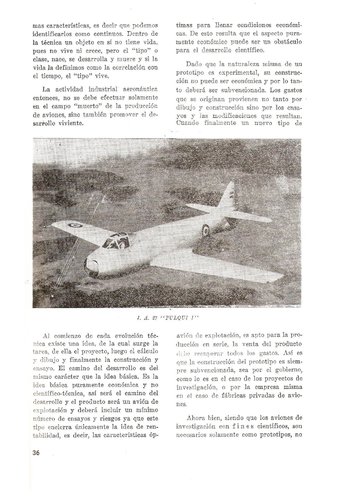 Horten 040.jpg507 KB · Views: 115
Horten 040.jpg507 KB · Views: 115 -
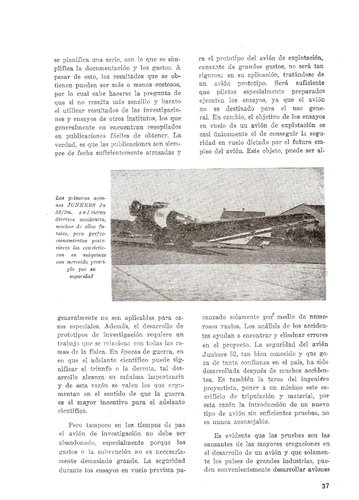 Horten 041.jpg451 KB · Views: 116
Horten 041.jpg451 KB · Views: 116 -
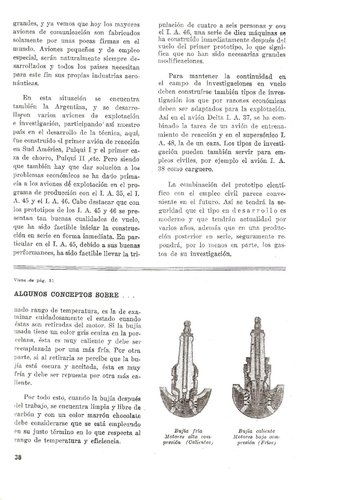 Horten 042.jpg514.8 KB · Views: 108
Horten 042.jpg514.8 KB · Views: 108
Erdosain
ACCESS: Secret
- Joined
- 10 March 2020
- Messages
- 479
- Reaction score
- 1,978
Some articles written by Dr Reimar Horten in the 50s on the design and testing of flying wings. They were published in the Revista Nacional de Aeronautica, an official publication of the Argentine Air Force. PART 2
Attachments
-
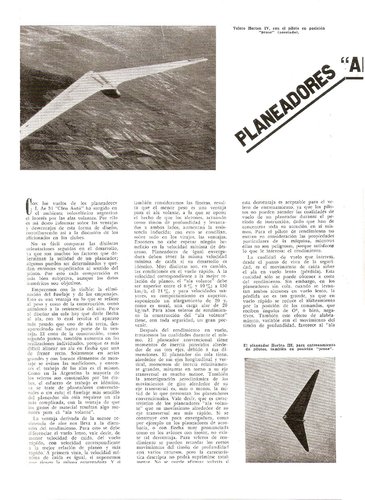 Horten 043.jpg567.7 KB · Views: 104
Horten 043.jpg567.7 KB · Views: 104 -
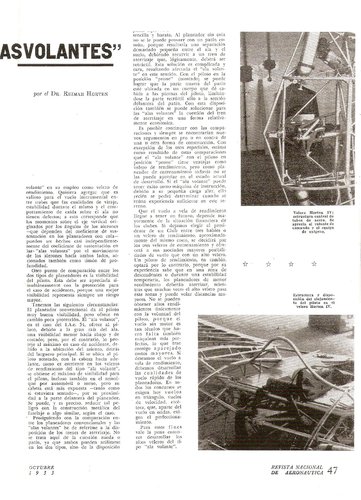 Horten 044.jpg573.2 KB · Views: 107
Horten 044.jpg573.2 KB · Views: 107 -
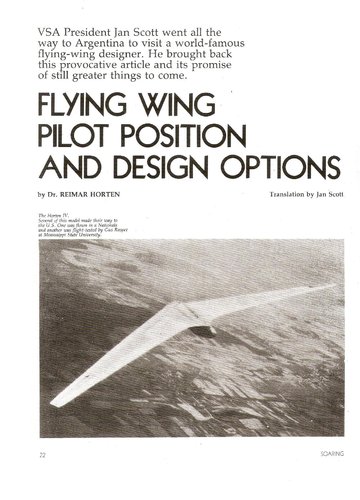 Horten 045.jpg458.4 KB · Views: 107
Horten 045.jpg458.4 KB · Views: 107 -
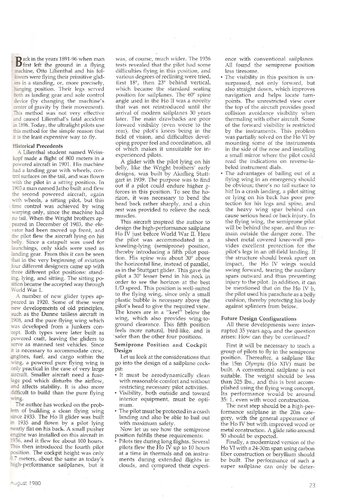 Horten 046.jpg572 KB · Views: 99
Horten 046.jpg572 KB · Views: 99 -
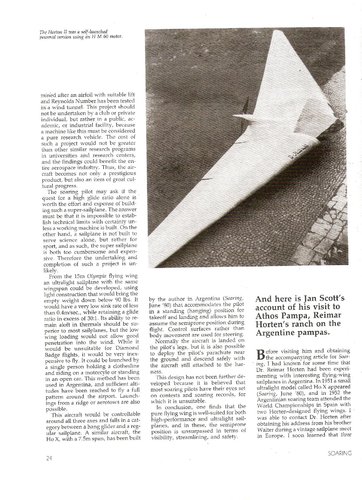 Horten 047.jpg568 KB · Views: 93
Horten 047.jpg568 KB · Views: 93 -
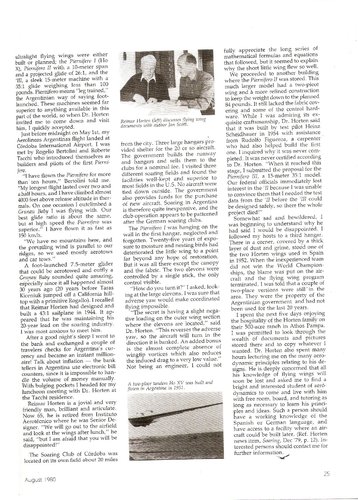 Horten 048.jpg589.7 KB · Views: 95
Horten 048.jpg589.7 KB · Views: 95 -
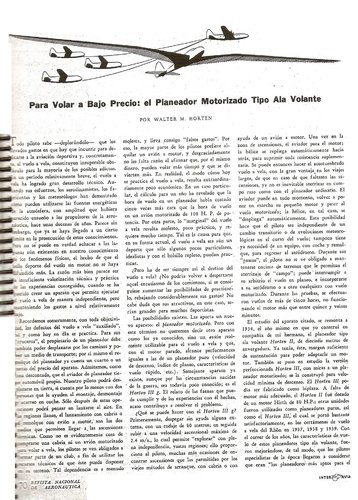 Horten 049.jpg570 KB · Views: 95
Horten 049.jpg570 KB · Views: 95 -
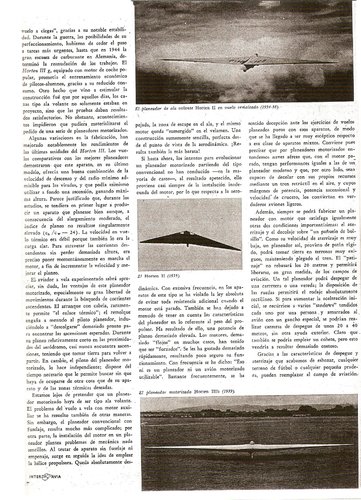 Horten 050.jpg681.8 KB · Views: 102
Horten 050.jpg681.8 KB · Views: 102 -
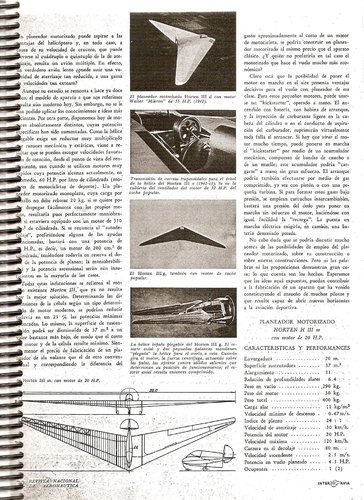 Horten 051.jpg664.6 KB · Views: 118
Horten 051.jpg664.6 KB · Views: 118
Erdosain
ACCESS: Secret
- Joined
- 10 March 2020
- Messages
- 479
- Reaction score
- 1,978
An article written by Juan Manuel Mascarello about the I.Ae.34 Clen Antú and other by Roberto Tacchi, Who was one of the pilots of the Ho-Xa Piernifero, about the Horten's Pierniferos
Attachments
-
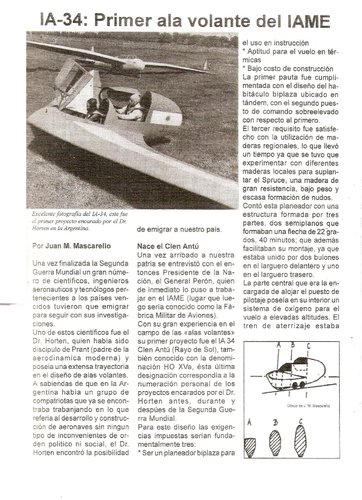 Horten 052.jpg560.6 KB · Views: 110
Horten 052.jpg560.6 KB · Views: 110 -
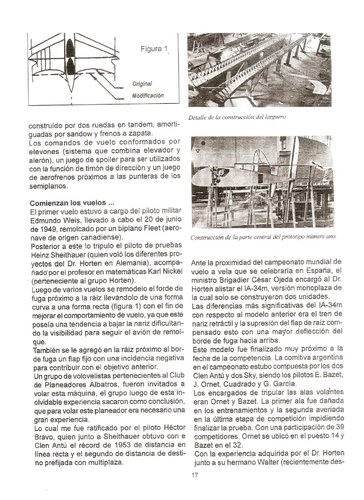 Horten 053.jpg527.7 KB · Views: 102
Horten 053.jpg527.7 KB · Views: 102 -
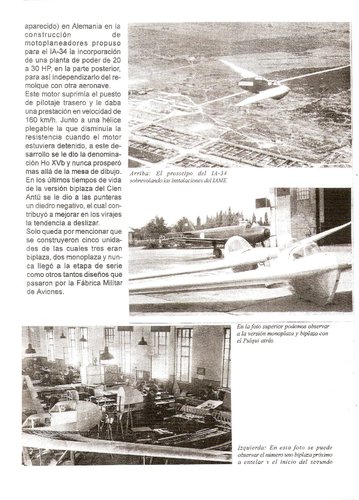 Horten 054.jpg608.2 KB · Views: 102
Horten 054.jpg608.2 KB · Views: 102 -
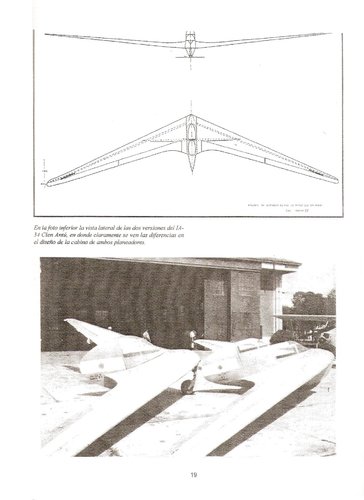 Horten 055.jpg298.7 KB · Views: 105
Horten 055.jpg298.7 KB · Views: 105 -
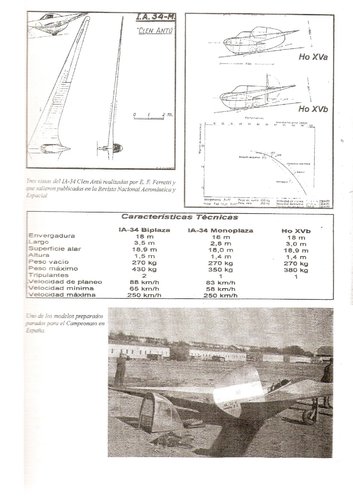 Horten 056.jpg357.4 KB · Views: 102
Horten 056.jpg357.4 KB · Views: 102 -
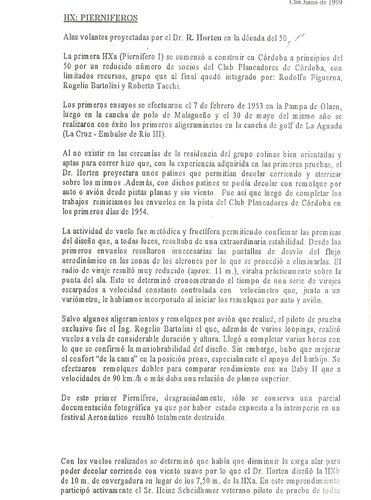 Horten 072.jpg394.2 KB · Views: 95
Horten 072.jpg394.2 KB · Views: 95 -
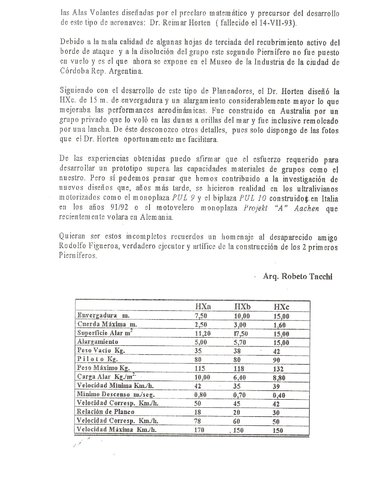 Horten 073.jpg323.4 KB · Views: 86
Horten 073.jpg323.4 KB · Views: 86 -
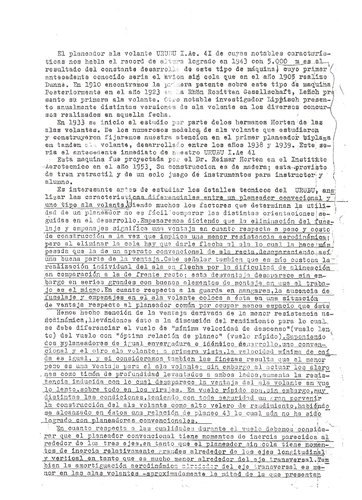 Horten 074.jpg574.3 KB · Views: 90
Horten 074.jpg574.3 KB · Views: 90 -
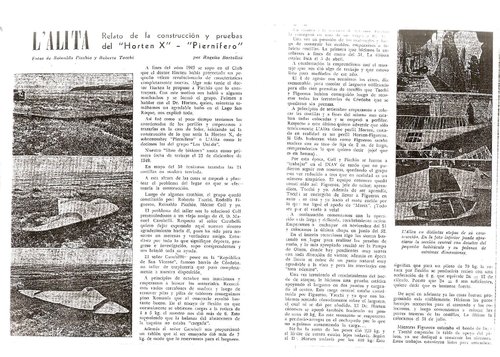 Horten 075.jpg885 KB · Views: 106
Horten 075.jpg885 KB · Views: 106
Erdosain
ACCESS: Secret
- Joined
- 10 March 2020
- Messages
- 479
- Reaction score
- 1,978
FMA IA-37 in flight, IA-37 subsonic and supersonic wind tunnel model
Attachments
-
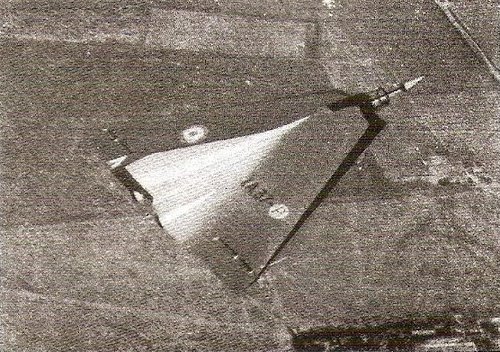 FMA IA-37 en vuelo.jpg158.4 KB · Views: 96
FMA IA-37 en vuelo.jpg158.4 KB · Views: 96 -
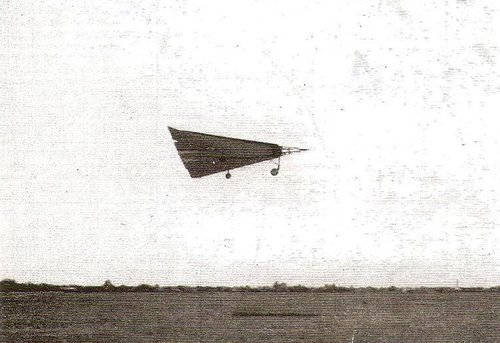 FMA IA-37P aterrizando.jpg157.4 KB · Views: 90
FMA IA-37P aterrizando.jpg157.4 KB · Views: 90 -
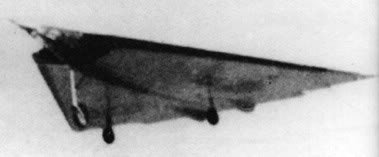 FMA IA-37P despegando 2.jpg8.2 KB · Views: 102
FMA IA-37P despegando 2.jpg8.2 KB · Views: 102 -
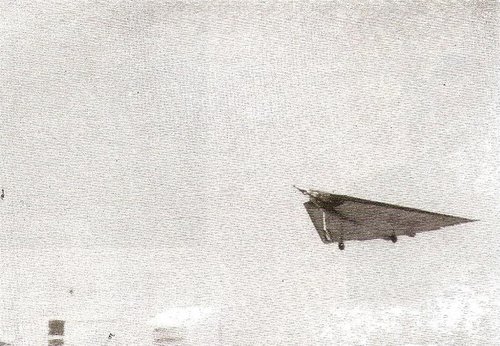 FMA IA-37P despegando 1.jpg234.2 KB · Views: 104
FMA IA-37P despegando 1.jpg234.2 KB · Views: 104 -
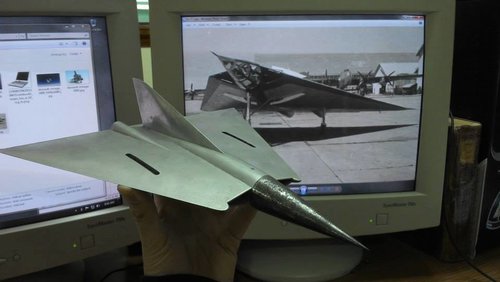 FMA IA-37P modelo tunel supersonico.jpg41.9 KB · Views: 130
FMA IA-37P modelo tunel supersonico.jpg41.9 KB · Views: 130 -
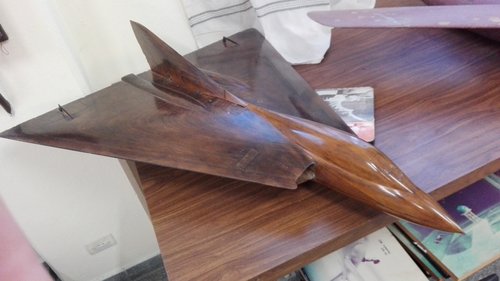 FMA IA-37 modelo tunel 01.jpg2.9 MB · Views: 128
FMA IA-37 modelo tunel 01.jpg2.9 MB · Views: 128 -
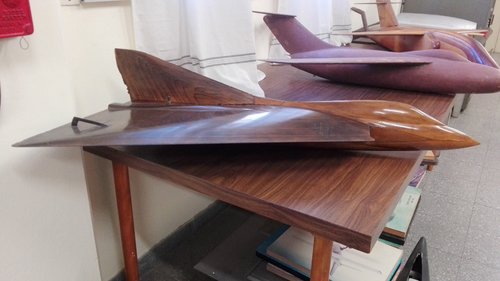 FMA IA-37 modelo tunel 02.jpg2.9 MB · Views: 105
FMA IA-37 modelo tunel 02.jpg2.9 MB · Views: 105 -
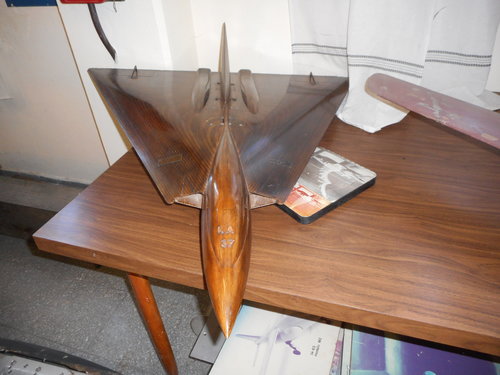 FMA IA-37 modelo tunel 03.JPG2 MB · Views: 92
FMA IA-37 modelo tunel 03.JPG2 MB · Views: 92 -
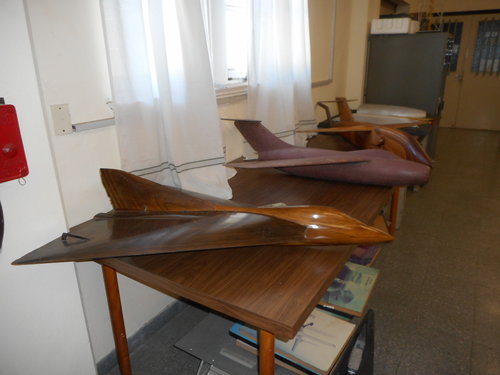 FMA IA-37 modelo tunel 04.JPG2.1 MB · Views: 91
FMA IA-37 modelo tunel 04.JPG2.1 MB · Views: 91 -
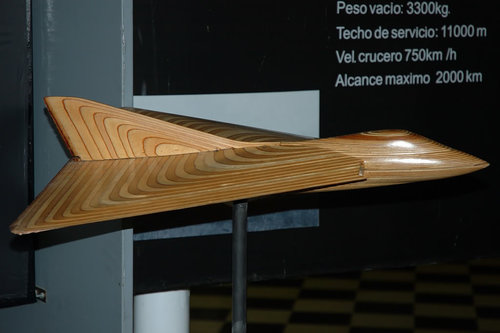 FMA IA-37 modelo tunel 06.jpg72.9 KB · Views: 139
FMA IA-37 modelo tunel 06.jpg72.9 KB · Views: 139
Erdosain
ACCESS: Secret
- Joined
- 10 March 2020
- Messages
- 479
- Reaction score
- 1,978
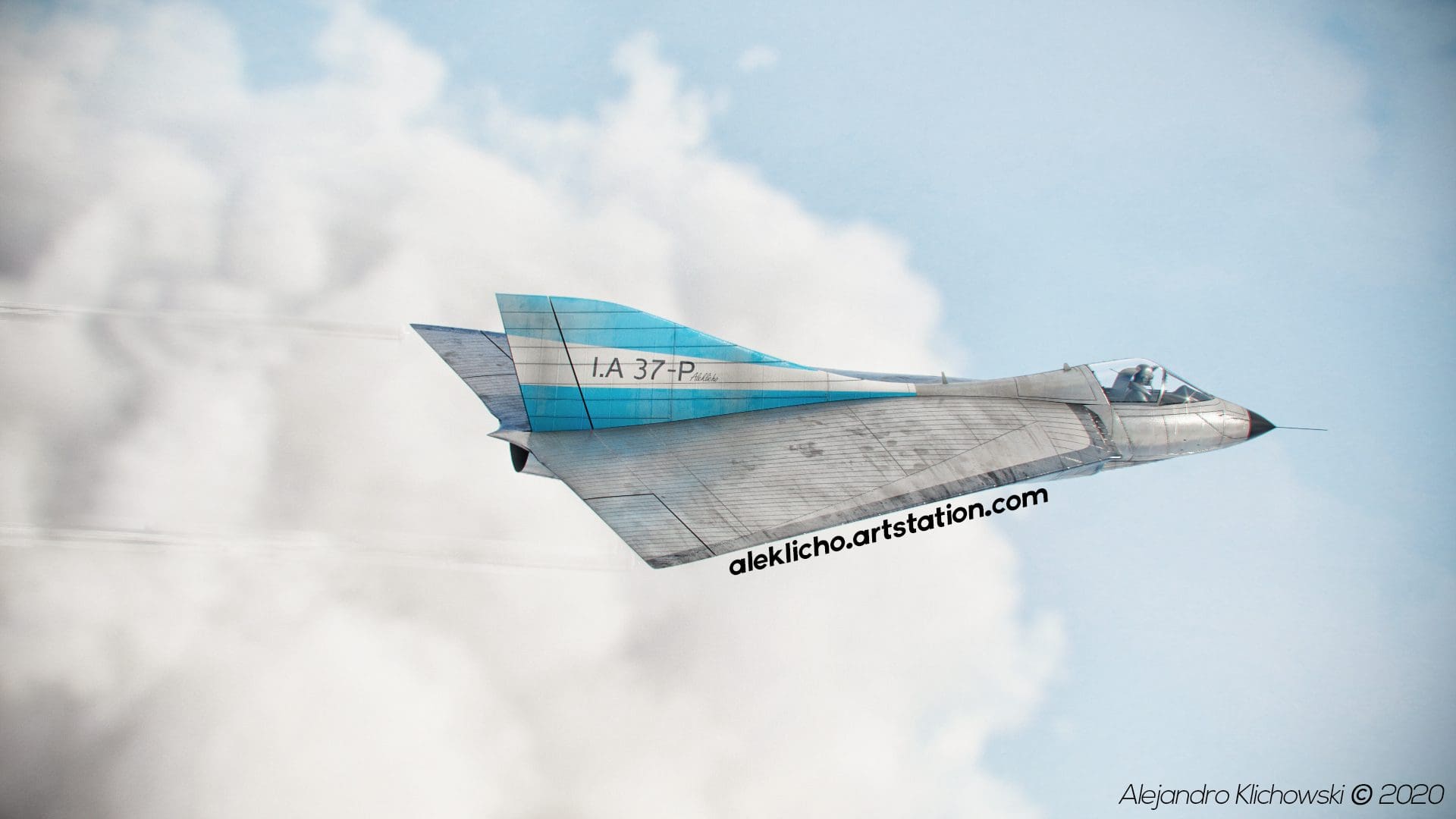
El FMA IA-37 de Reimar Horten y su busqueda por atravesar la barrera del sonido
Por Hernan Longoni Llegar a ese lejano 01 de octubre de 1954, fecha histórica en la que voló por vez primera el planeador de madera - remolcado - a escala
 www.zona-militar.com
www.zona-militar.com
Erdosain
ACCESS: Secret
- Joined
- 10 March 2020
- Messages
- 479
- Reaction score
- 1,978
Different variants of the IA-37 designed by Dr Reimar Horten at the FMA, including a four-person transport with delta wing and conventional wing
Attachments
-
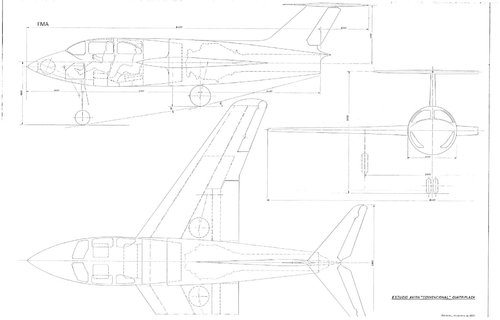 a6Avion Convencional Cuatriplazas.jpg154.7 KB · Views: 157
a6Avion Convencional Cuatriplazas.jpg154.7 KB · Views: 157 -
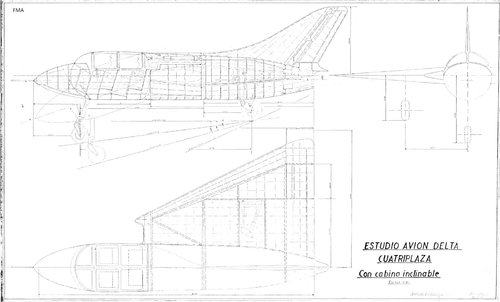 a7Delta Cuatriplazas.jpg215 KB · Views: 145
a7Delta Cuatriplazas.jpg215 KB · Views: 145 -
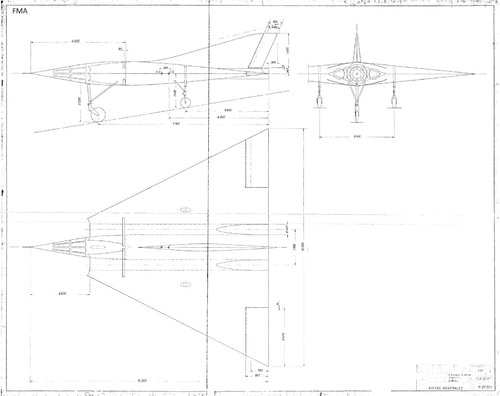 b9IA37P (vistas generales)f.jpg177.3 KB · Views: 138
b9IA37P (vistas generales)f.jpg177.3 KB · Views: 138 -
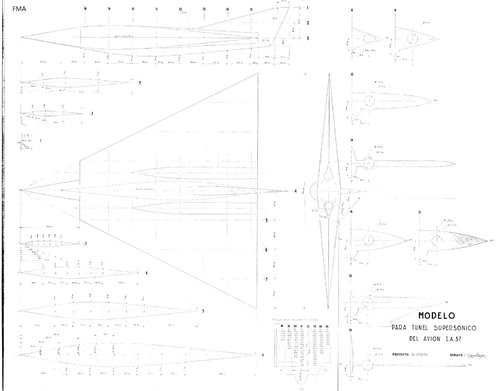 c1IA37 (Para Tunel Supersonico)b.jpg193.6 KB · Views: 141
c1IA37 (Para Tunel Supersonico)b.jpg193.6 KB · Views: 141 -
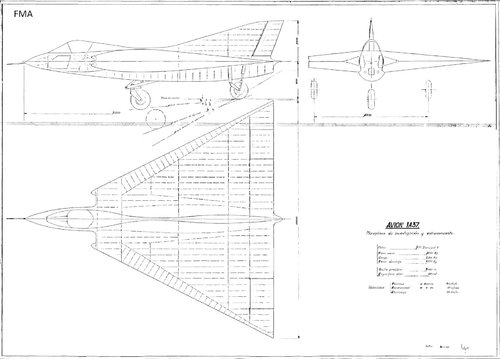 c2IA37 Monoplaza de entrenamientob.jpg225.9 KB · Views: 139
c2IA37 Monoplaza de entrenamientob.jpg225.9 KB · Views: 139 -
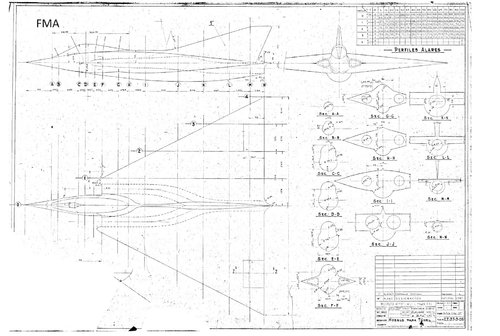 c3IA 37-07d.jpg422.4 KB · Views: 143
c3IA 37-07d.jpg422.4 KB · Views: 143 -
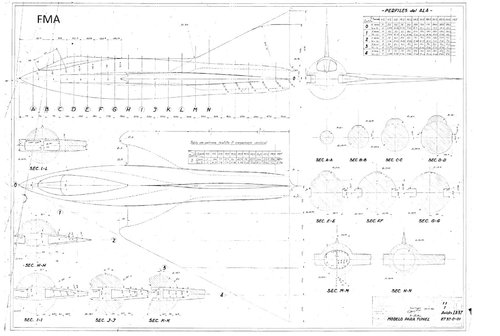 c4IA 37-06m.jpg291.6 KB · Views: 149
c4IA 37-06m.jpg291.6 KB · Views: 149
Erdosain
ACCESS: Secret
- Joined
- 10 March 2020
- Messages
- 479
- Reaction score
- 1,978
Presentation of the restored FMA IAe.34M Clen Antú at the Museo de la Industria de Córdoba on December 5, 2006.
In the last photo the team of restorers. Diego Horten on the right, next to him Roberto Tacchi, behind Eng. Morchio, designer of the Pulqui I.






On the right , or behind the left wing, were Eng. Bartolini (who, together with Tacchi, participated in the construction of the Horten Ho-Xa and Ho-Xb Pierniferos and flew the Ho-Xa) chatting with Eng. Morchio, dressed with a suit and tie, one of thevdesigners of the Pulqui I..

The three youngest are the members of the restoration team. Also appearing in the photo Diego Horten (son of Reimar Horten) on the left, next to him Roberto Tacchi (who together with Bartolini participated in the construction of the Horten Ho-Xa and Ho-Xb Pierniferos and flew the Ho-Xa ). behind, in a suit, appears part of the head of Ing. Morchio, one of the designers of the Pulqui I.

In the last photo the team of restorers. Diego Horten on the right, next to him Roberto Tacchi, behind Eng. Morchio, designer of the Pulqui I.
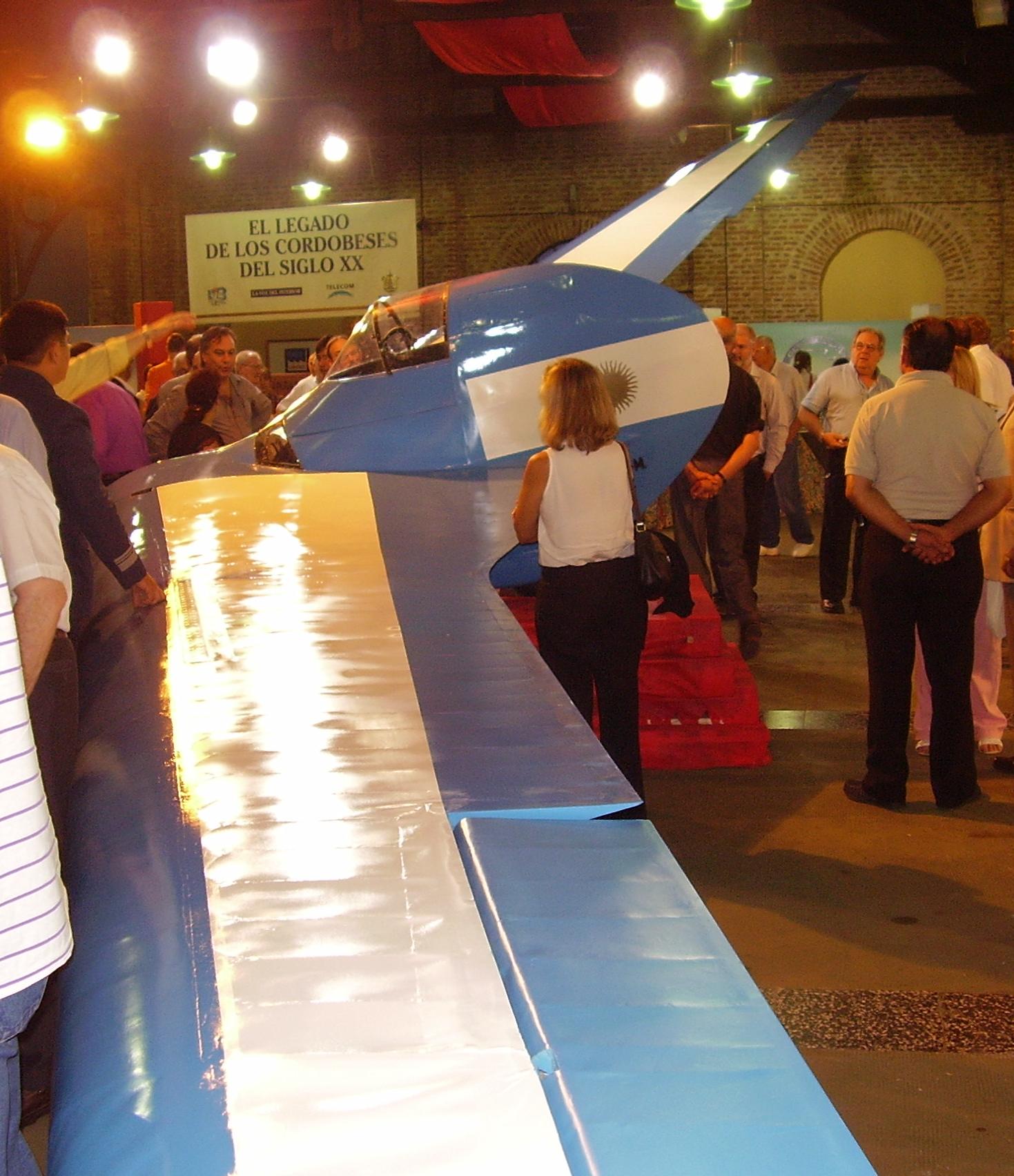
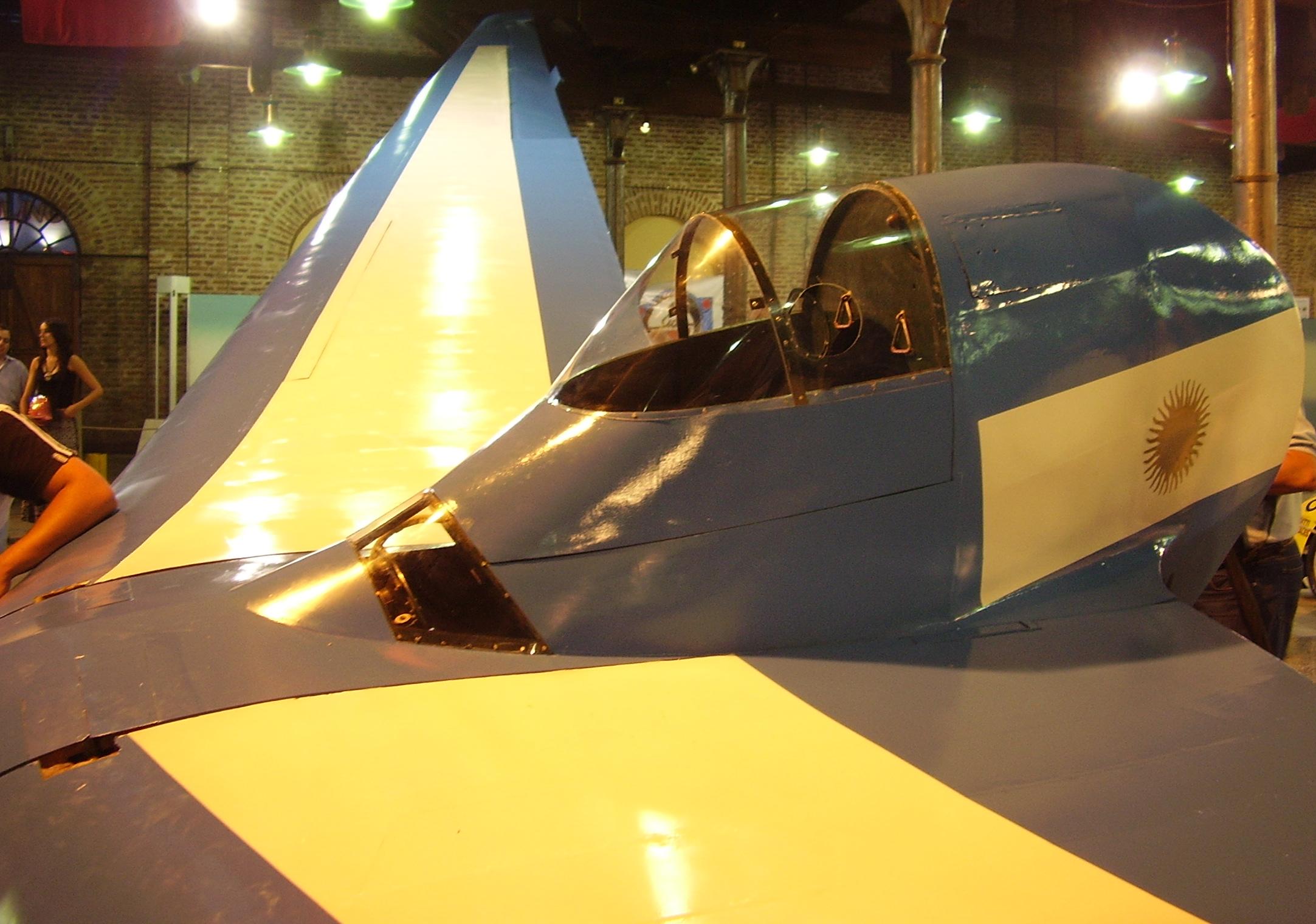
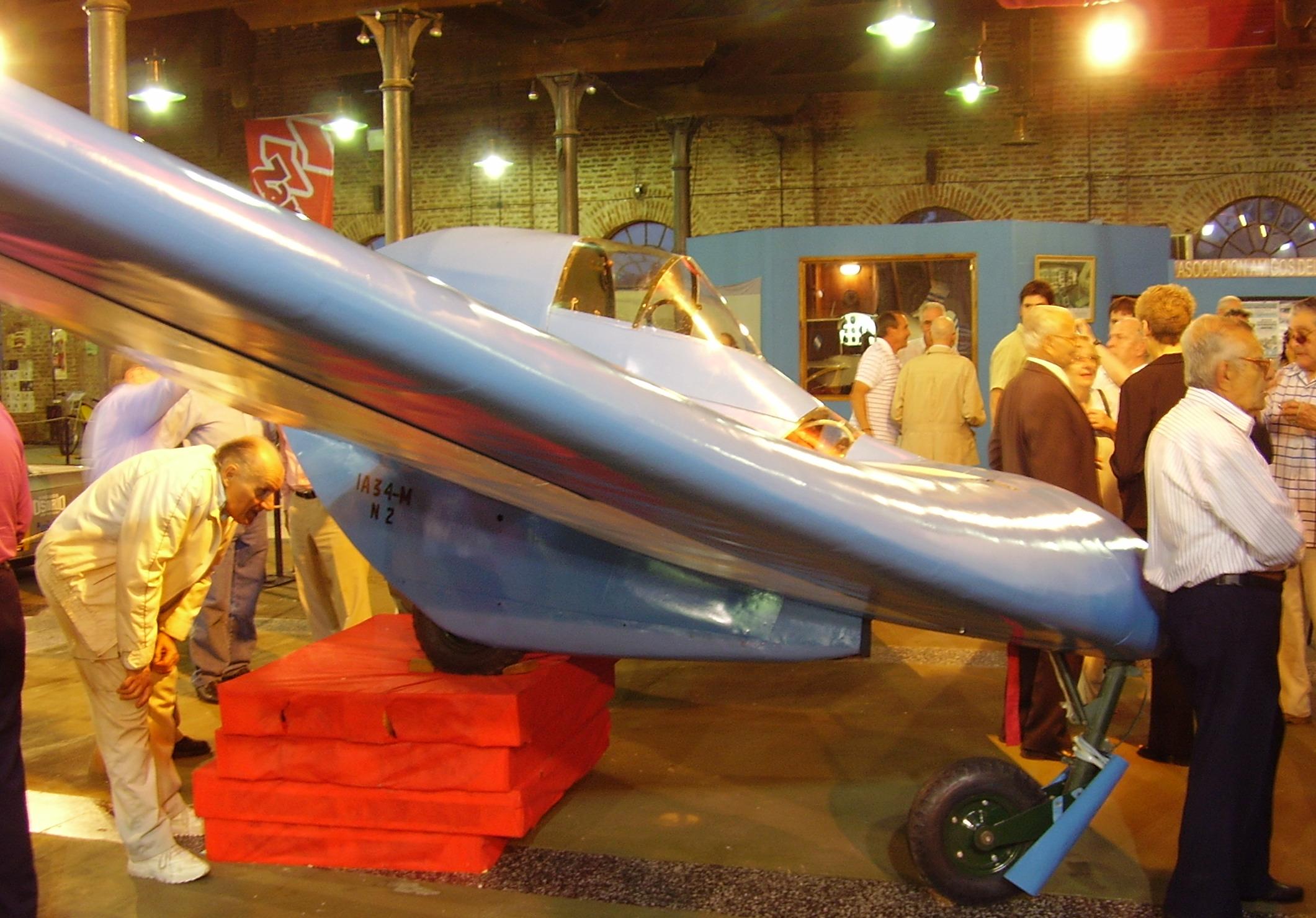
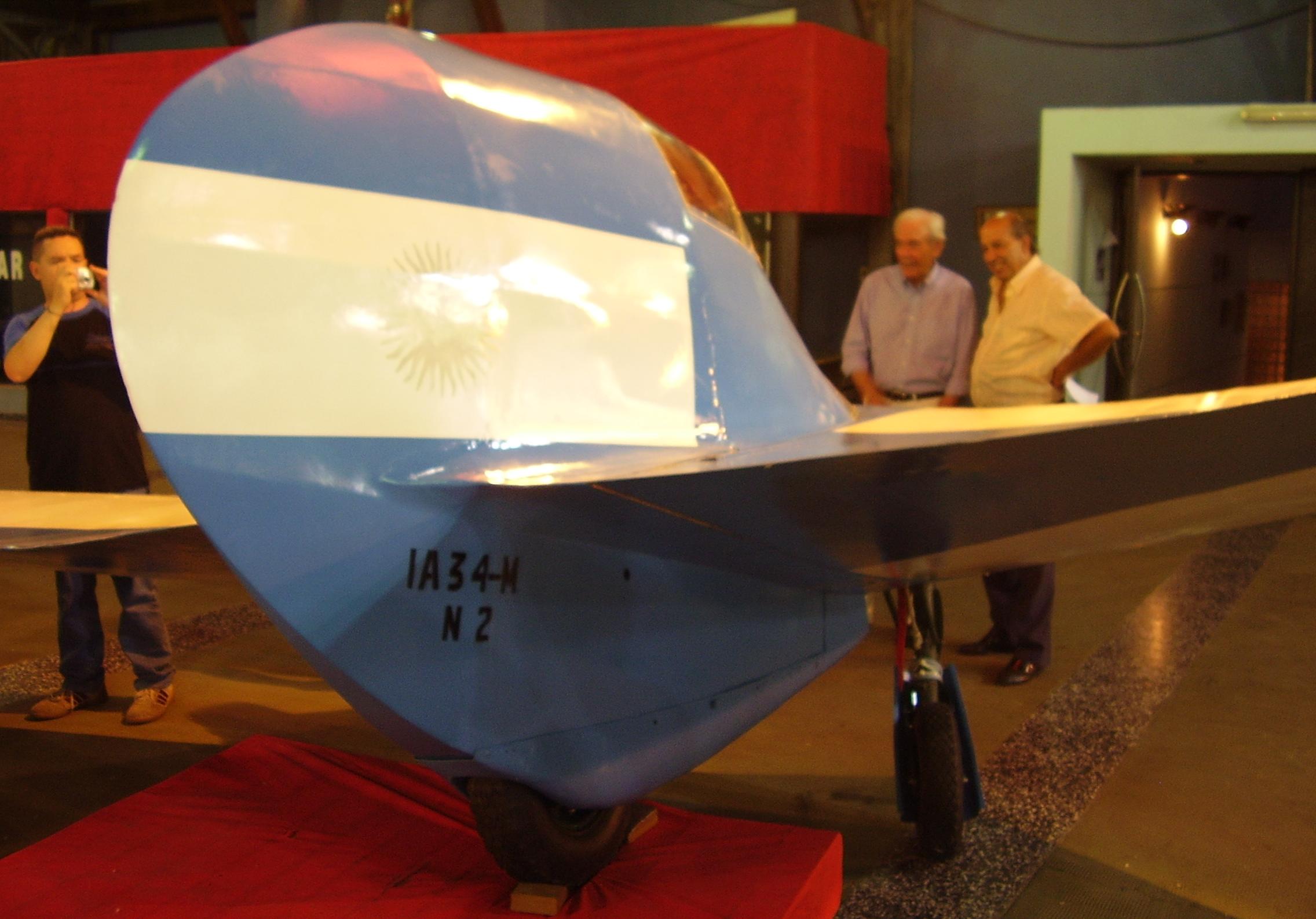
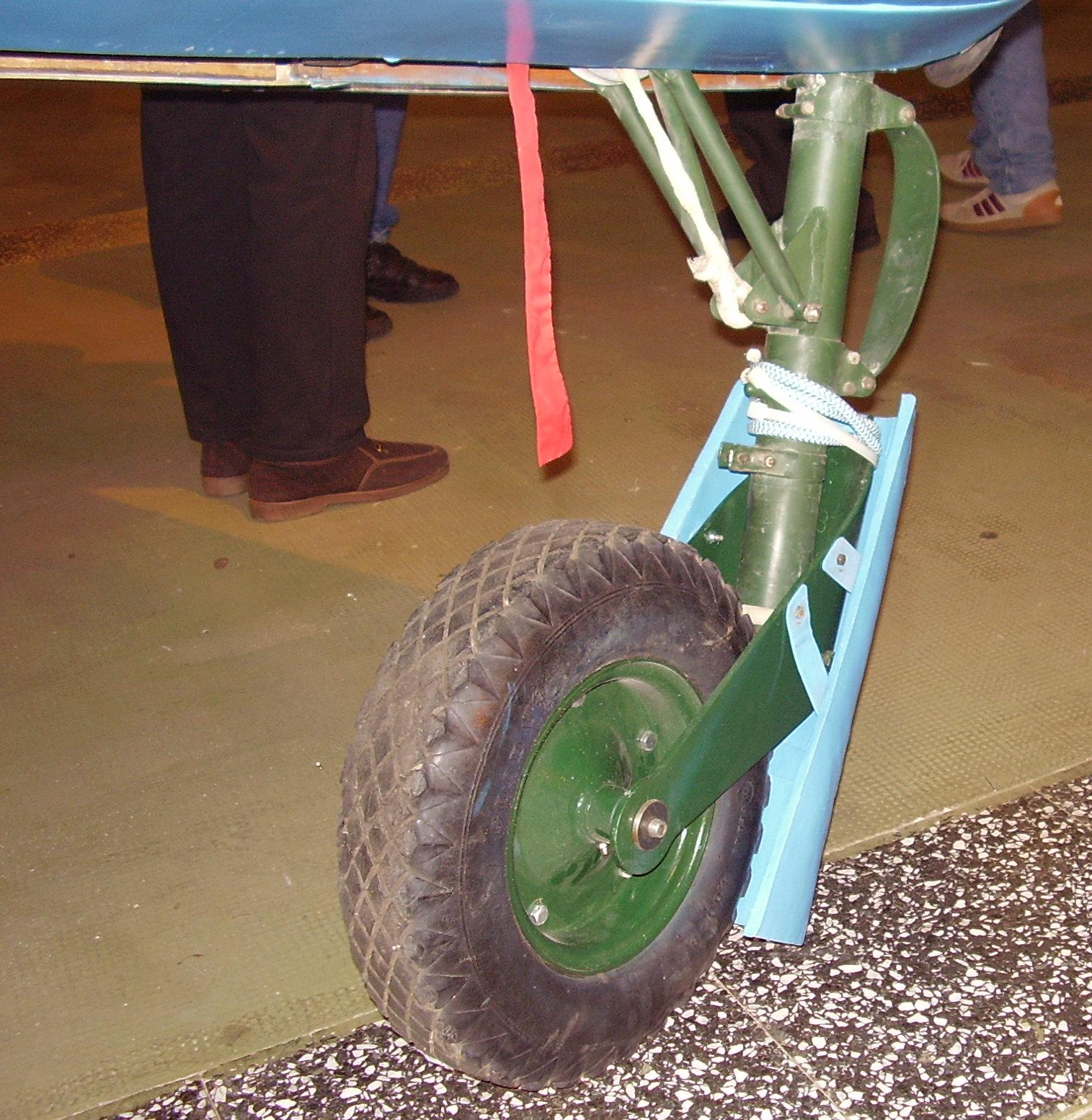
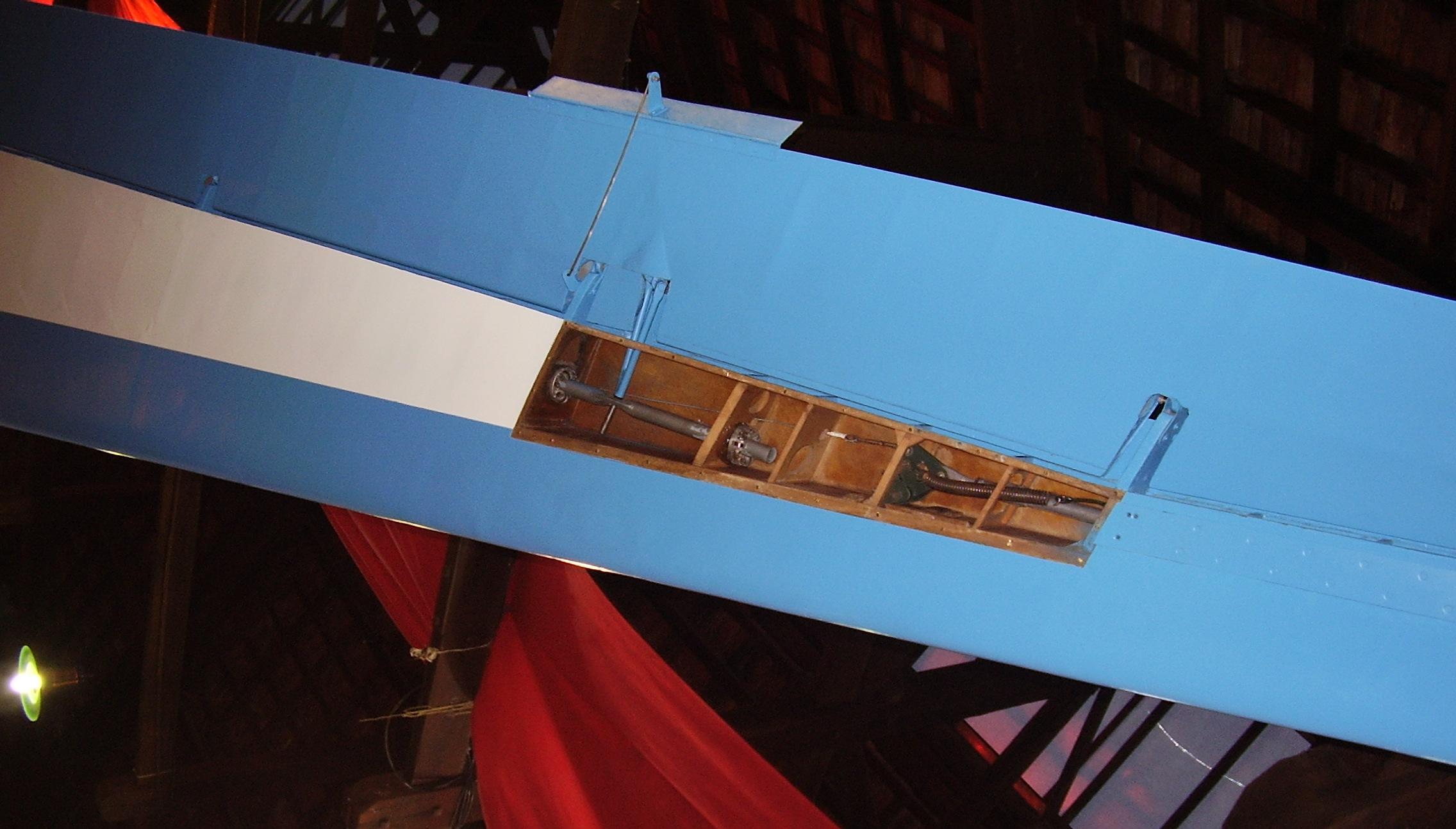
On the right , or behind the left wing, were Eng. Bartolini (who, together with Tacchi, participated in the construction of the Horten Ho-Xa and Ho-Xb Pierniferos and flew the Ho-Xa) chatting with Eng. Morchio, dressed with a suit and tie, one of thevdesigners of the Pulqui I..
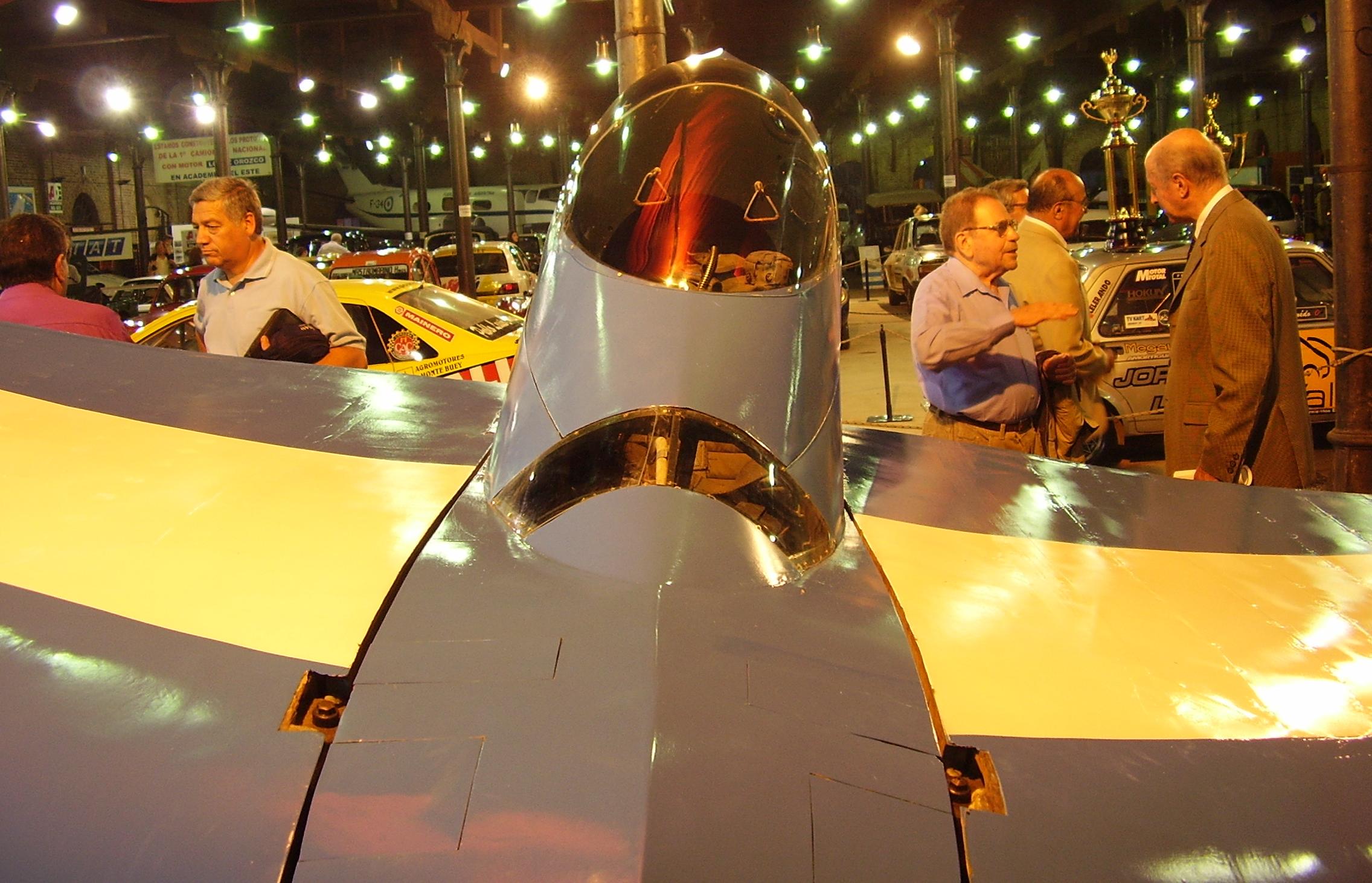
The three youngest are the members of the restoration team. Also appearing in the photo Diego Horten (son of Reimar Horten) on the left, next to him Roberto Tacchi (who together with Bartolini participated in the construction of the Horten Ho-Xa and Ho-Xb Pierniferos and flew the Ho-Xa ). behind, in a suit, appears part of the head of Ing. Morchio, one of the designers of the Pulqui I.
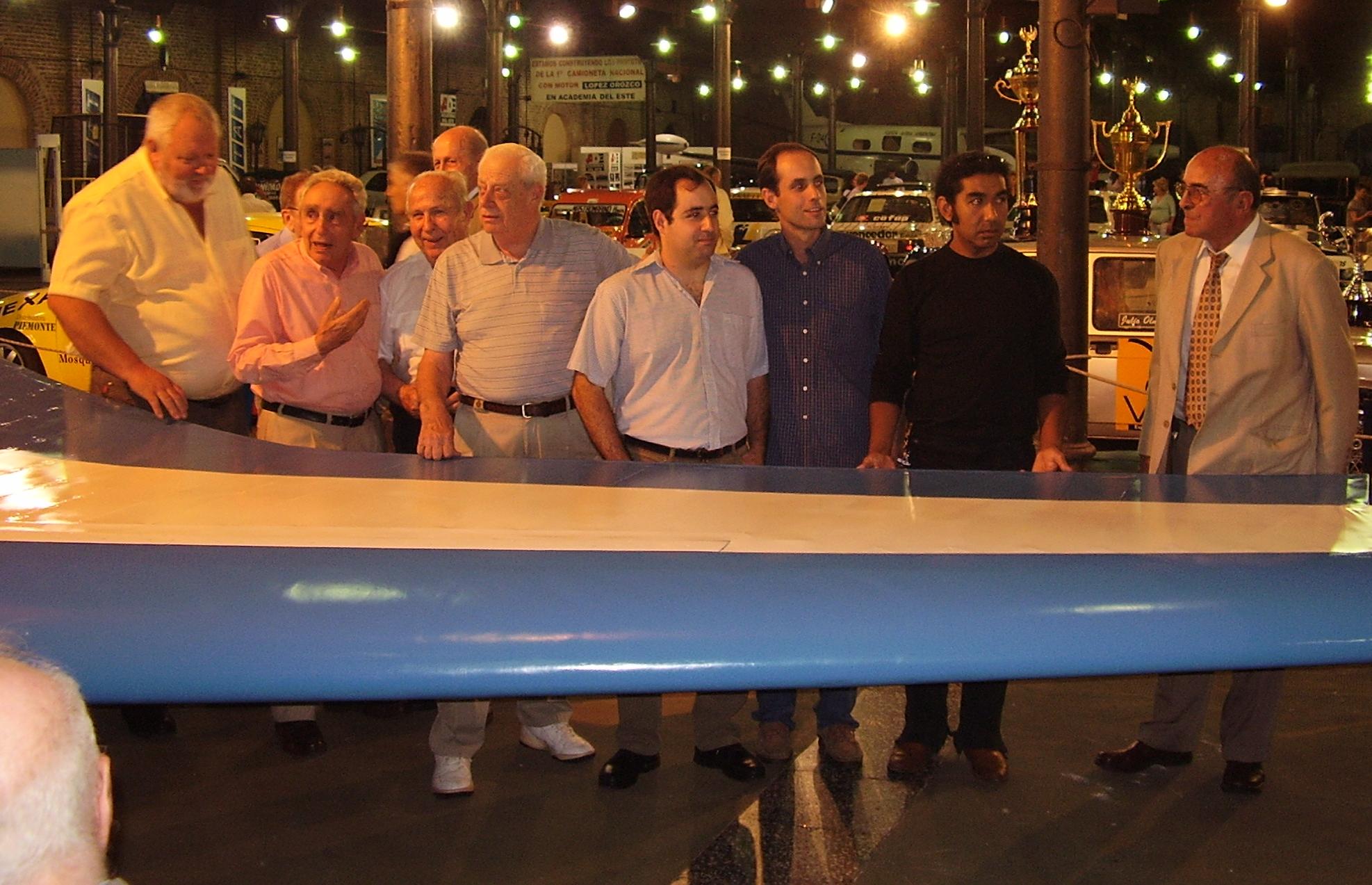
Last edited:
Erdosain
ACCESS: Secret
- Joined
- 10 March 2020
- Messages
- 479
- Reaction score
- 1,978
I don't know exactly where the version came from that an IA-48 was projected to operate from the ARA aircraft carriers, equipped with nozzles that could be tilted to help it take off.
With that weight and size, it could not take off from the ARA Independencia, an aircraft carrier from which only the T-28 Fennec and T-6 Texan operated, since it did not have the capacity to deploy fighter jets, not even the COAN Panther and Cougar.
Nor could it have operated from the ARA 25 de Mayo, it had to be modified after the Malvinas war to be able to embark the Super Etendard, a light fighter-bomber if compared to the IA-48.


View: https://twitter.com/Hush_Kit/status/1608457484808724481
View: https://twitter.com/teaselstudio1/status/1610251795963551744
With that weight and size, it could not take off from the ARA Independencia, an aircraft carrier from which only the T-28 Fennec and T-6 Texan operated, since it did not have the capacity to deploy fighter jets, not even the COAN Panther and Cougar.
Nor could it have operated from the ARA 25 de Mayo, it had to be modified after the Malvinas war to be able to embark the Super Etendard, a light fighter-bomber if compared to the IA-48.
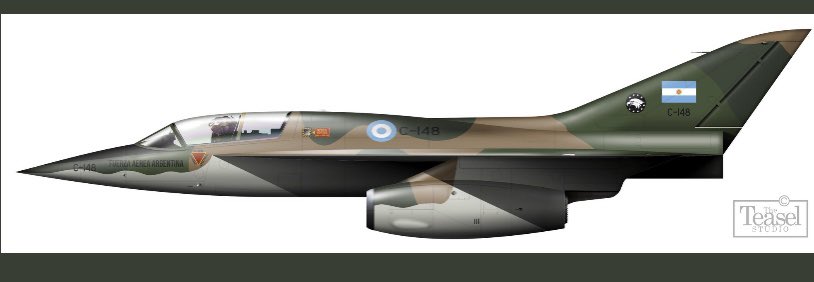

View: https://twitter.com/Hush_Kit/status/1608457484808724481
View: https://twitter.com/teaselstudio1/status/1610251795963551744
Horten's Designs in Argentina : Part 2
Attachments
-
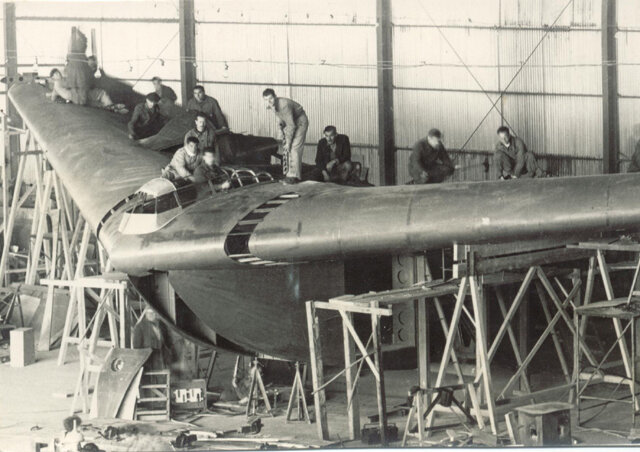 IA 38 under construction.jpg209 KB · Views: 69
IA 38 under construction.jpg209 KB · Views: 69 -
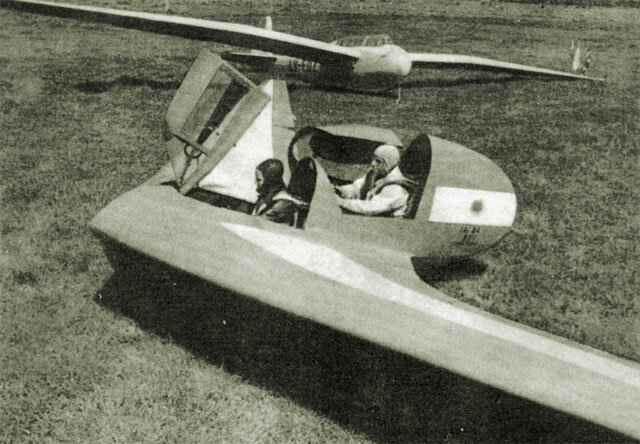 IAe 34 b.jpg76.1 KB · Views: 60
IAe 34 b.jpg76.1 KB · Views: 60 -
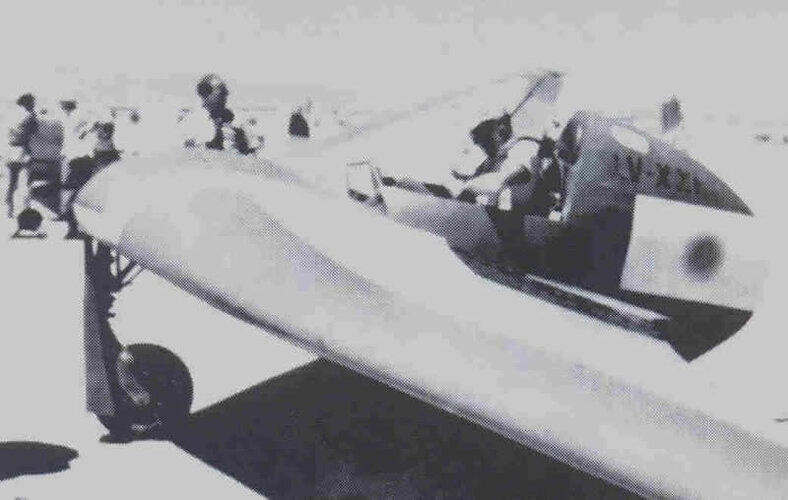 Horten Ho 14 LV-X014.jpg30.4 KB · Views: 59
Horten Ho 14 LV-X014.jpg30.4 KB · Views: 59 -
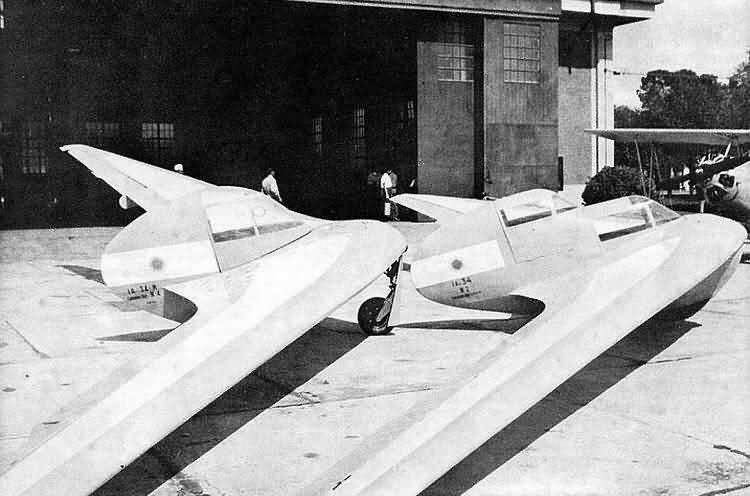 IA 34 1 and two seaters Mace. (2).jpg95.8 KB · Views: 57
IA 34 1 and two seaters Mace. (2).jpg95.8 KB · Views: 57 -
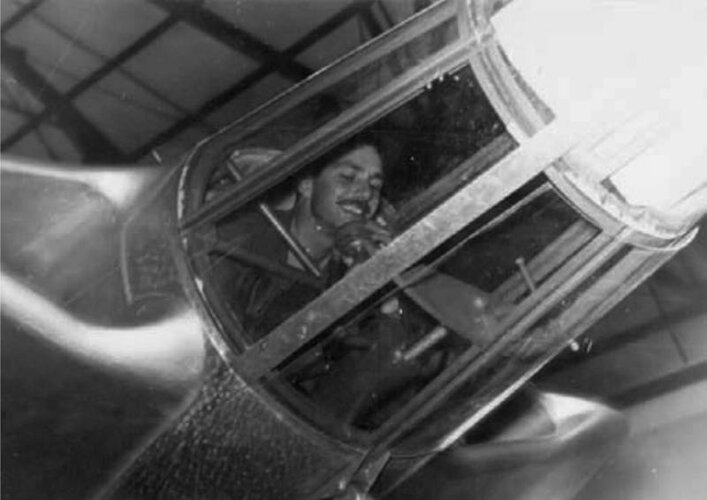 IA 37 con Jorge-Conan-Doyle en posicion prona.jpg39.1 KB · Views: 63
IA 37 con Jorge-Conan-Doyle en posicion prona.jpg39.1 KB · Views: 63 -
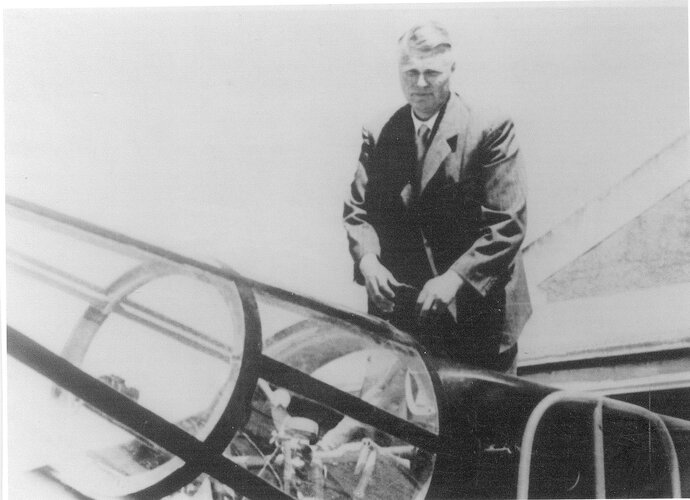 Horten and the IA 37 glider, prone cabin.jpg851.3 KB · Views: 63
Horten and the IA 37 glider, prone cabin.jpg851.3 KB · Views: 63 -
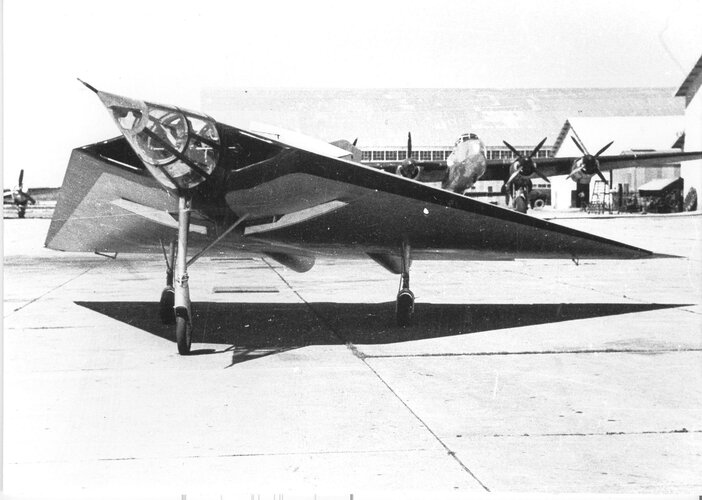 IA 37 P 4.jpg325.4 KB · Views: 78
IA 37 P 4.jpg325.4 KB · Views: 78
The I.A. 38 was a flying wing projected by Reinmar Horten at the Instituto Aeroténico, in Córdoba. Due to his rivarly with Tank, a designer that had the ear of president Perón, development progressed slowly at first, a situation later complicated by the Argentine's financial situation. The prototype was completed in 1959, when the FMA had undergone a major reorganization and was designated as DINFIA.
It was intended to fit the protorype with four El Indio 620 hp radials, but teething problems with this power plant forced Reinmar to employed thI>A. 16 Rl Gaucho engines, salvaged from the I.Aé 22 advanced trainer
It was intended to fit the protorype with four El Indio 620 hp radials, but teething problems with this power plant forced Reinmar to employed thI>A. 16 Rl Gaucho engines, salvaged from the I.Aé 22 advanced trainer
Attachments
Last edited:
- Joined
- 27 December 2005
- Messages
- 17,757
- Reaction score
- 26,483
Topics merged.
Erdosain
ACCESS: Secret
- Joined
- 10 March 2020
- Messages
- 479
- Reaction score
- 1,978
IA-38 on the FMA runway.



Credits: https://www.zona-militar.com/foros/threads/todo-sobre-la-fma.32609/page-16#post-2947225
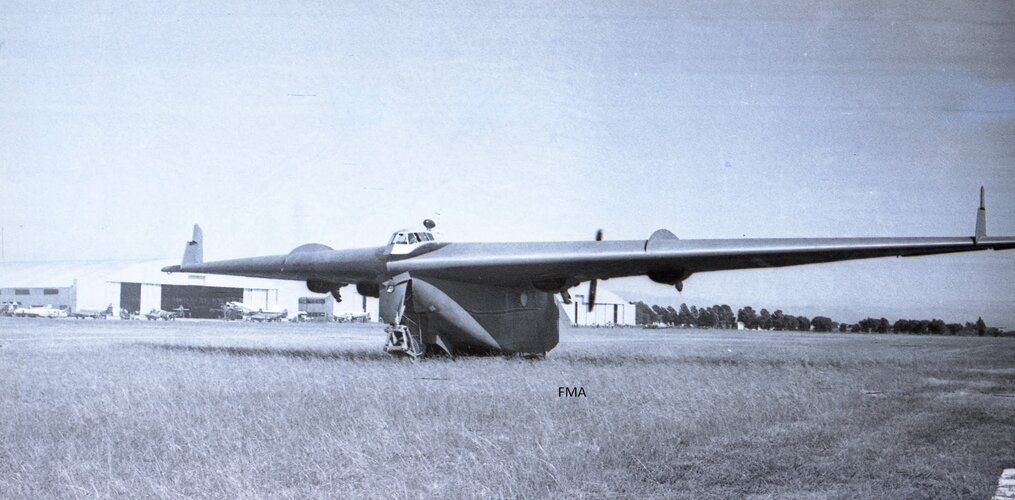
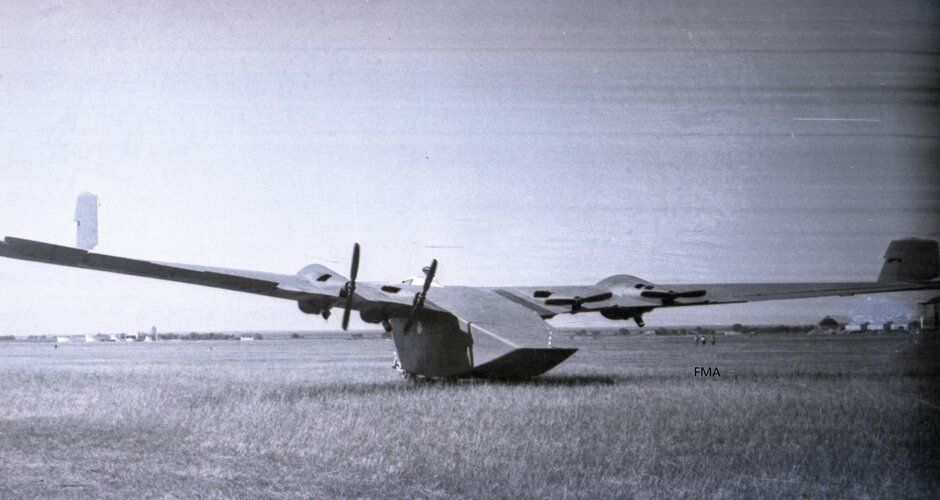
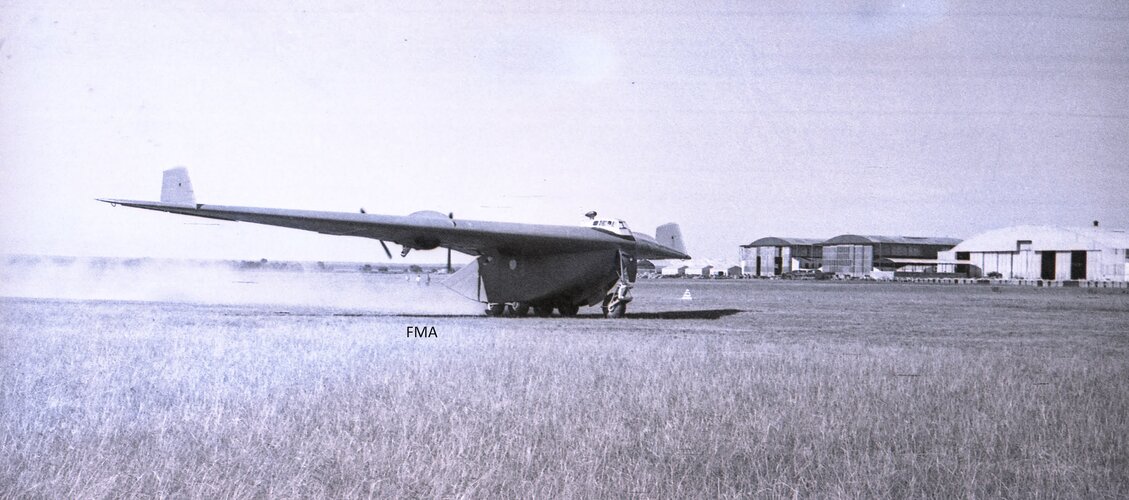
Credits: https://www.zona-militar.com/foros/threads/todo-sobre-la-fma.32609/page-16#post-2947225
Beautiful images of the IA-38, many thanks for posting. A random query, what colour was the prototype ? Iv seen scale models finished in overall grey, light brown and even orange ?
Many thanks, Joe
Many thanks, Joe
Virtually all the original; photos of the I.A. 37 and I.38 were taken by one of the German specialists contracted c. 1947, which were sent to my c. 2007 by Peter Sellinger (see , …

 WebNurflugel: Die Geschichte Der Horten-Flugzeuge 1933-1960 by Peter F. Selinger and Reimar Horten
WebNurflugel: Die Geschichte Der Horten-Flugzeuge 1933-1960 by Peter F. Selinger and Reimar Horten


Nurflugel: Die Geschichte Der Horten-Flugzeuge 1933-1960 by Peter F. Selinger and Reimar Horten (1983, Book, Illustrated) for sale online | eBay
Find many great new & used options and get the best deals for Nurflugel: Die Geschichte Der Horten-Flugzeuge 1933-1960 by Peter F. Selinger and Reimar Horten (1983, Book, Illustrated) at the best online prices at eBay! Free shipping for many products!
www.ebay.com
By the way, the idea that there was a naval version of the I.A 48 is mere phantasy, it is simply a mistranslation of a series of launchings tests conducted over Lake San Roque, in Córdoba, of a model of the I.A. 37 air launched by sandows. By the way, In Nurflugel Horten relates in some detail not only the material shortages experienced by IAME, even when it came to wood for his gliders, and concludes that the IA 48 (or the IA 37) were projects far too advanced for an underdeveloped country such as Argentina.
1 the wooden scale model of the I.A. 37 launched over Lake San Roque,
2) Dipl. Ing. K. Nickel
1 the wooden scale model of the I.A. 37 launched over Lake San Roque,
2) Dipl. Ing. K. Nickel
Attachments
Last edited:
Similar photos appeared in the Argentine press in mid 1956.
Erdosain
ACCESS: Secret
- Joined
- 10 March 2020
- Messages
- 479
- Reaction score
- 1,978
Erdosain
ACCESS: Secret
- Joined
- 10 March 2020
- Messages
- 479
- Reaction score
- 1,978
It was olive green and due to some compound in paint over time it changed to a dark olive greenHermosas imágenes del IA-38, muchas gracias por publicarlas. Una consulta aleatoria, ¿de qué color era el prototipo? ¿He visto modelos a escala acabados en general gris, marrón claro e incluso naranja?
muchas gracias joe
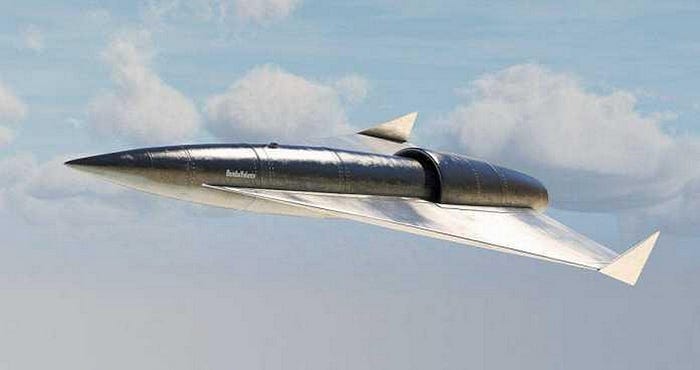
@aleklicho art
From Nazi Germany to Argentina — A Proposal for the World’s First Small, Supersonic Cruise Missile
An expensive idea for a poor country
by GONZALO RENGELArgentina was almost the first country to develop a small, supersonic cruise missile. Way back in 1960.
On May 30 of that year, Dr. Reimar Horten — a former warplane designer for Nazi Germany — met with officials at the Aerotechnical Institute of Argentina’s Military Aircraft Factory, or FMA, to propose what he described as “supersonic flying bomb.”
Horten had emigrated to Argentina after World War II, leaving behind his brother, an equally accomplished aeronautical engineer.
Although Horten cast his flying bomb as a logical evolution of Germany’s wartime V-1 buzz bomb, in concept it had more in common with today’s supersonic cruise missiles.
Horten’s missile never got past the concept stage — fortunately, perhaps, for British forces that would battle the Argentine military 22 years later.
------------------------------------------------------------------------------------------------------------------------------------------------------Another Horten design, a 4-seat executive jet which never went further than the design table:
Attachments
Last edited:
Erdosain
ACCESS: Secret
- Joined
- 10 March 2020
- Messages
- 479
- Reaction score
- 1,978
Do not repeat themes or photos, please.
@aleklicho art
From Nazi Germany to Argentina — A Proposal for the World’s First Small, Supersonic Cruise Missile
An expensive idea for a poor country
by GONZALO RENGEL
Argentina was almost the first country to develop a small, supersonic cruise missile. Way back in 1960.
On May 30 of that year, Dr. Reimar Horten — a former warplane designer for Nazi Germany — met with officials at the Aerotechnical Institute of Argentina’s Military Aircraft Factory, or FMA, to propose what he described as “supersonic flying bomb.”
Horten had emigrated to Argentina after World War II, leaving behind his brother, an equally accomplished aeronautical engineer.
Although Horten cast his flying bomb as a logical evolution of Germany’s wartime V-1 buzz bomb, in concept it had more in common with today’s supersonic cruise missiles.
Horten’s missile never got past the concept stage — fortunately, perhaps, for British forces that would battle the Argentine military 22 years later.
------------------------------------------------------------------------------------------------------------------------------------------------------Another Horten design, a 4-seat executive jet which never went further than the design table:
The article on Horten's supersonic cruise missile was written by me (by the way, my name is Gonzalo, not Gaston) and I uploaded it in its English and Spanish versions in post 38 of the previous page.
The image of the 4-seater executive jet is uploaded in post 63 of this same page.
Similar threads
-
Douglas D-741 / A4D-4 Skyhawk
- Started by overscan (PaulMM)
- Replies: 25
-
-
Grumman Design 118 (not the XF12F!)
- Started by overscan (PaulMM)
- Replies: 34
-
-

